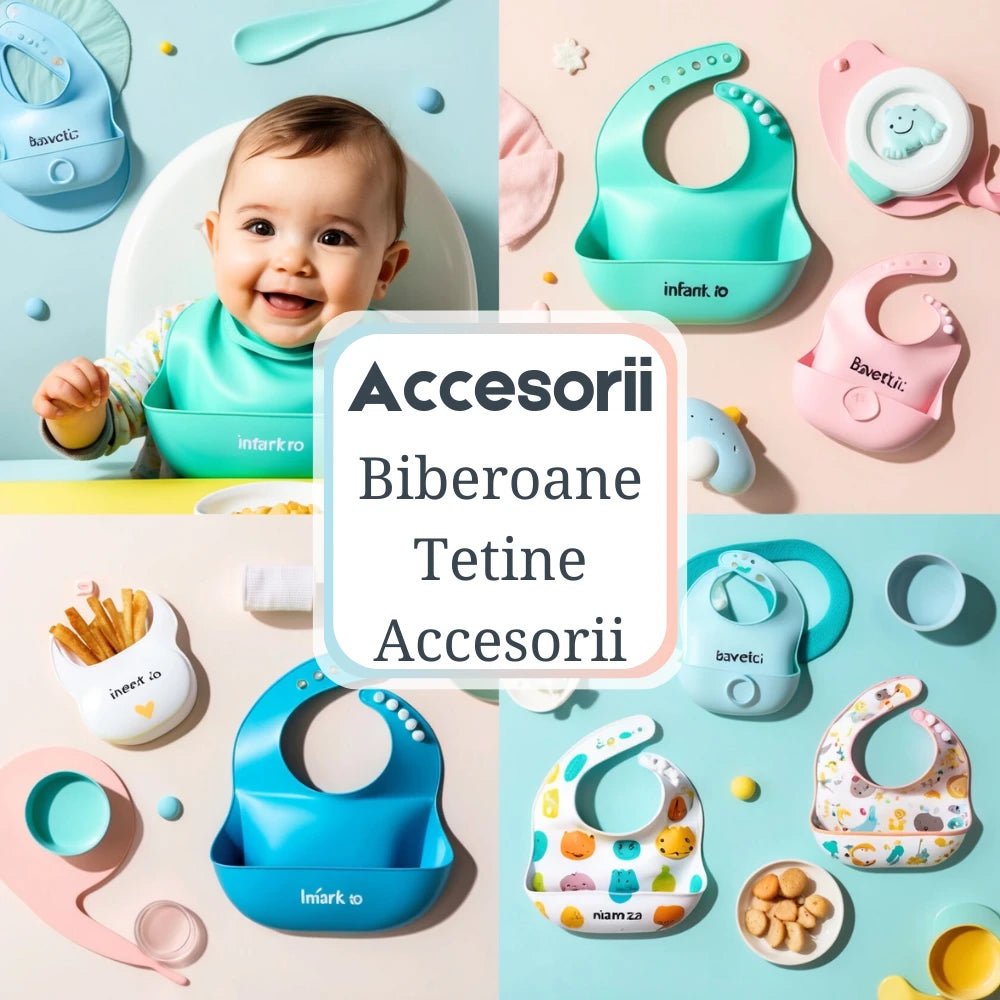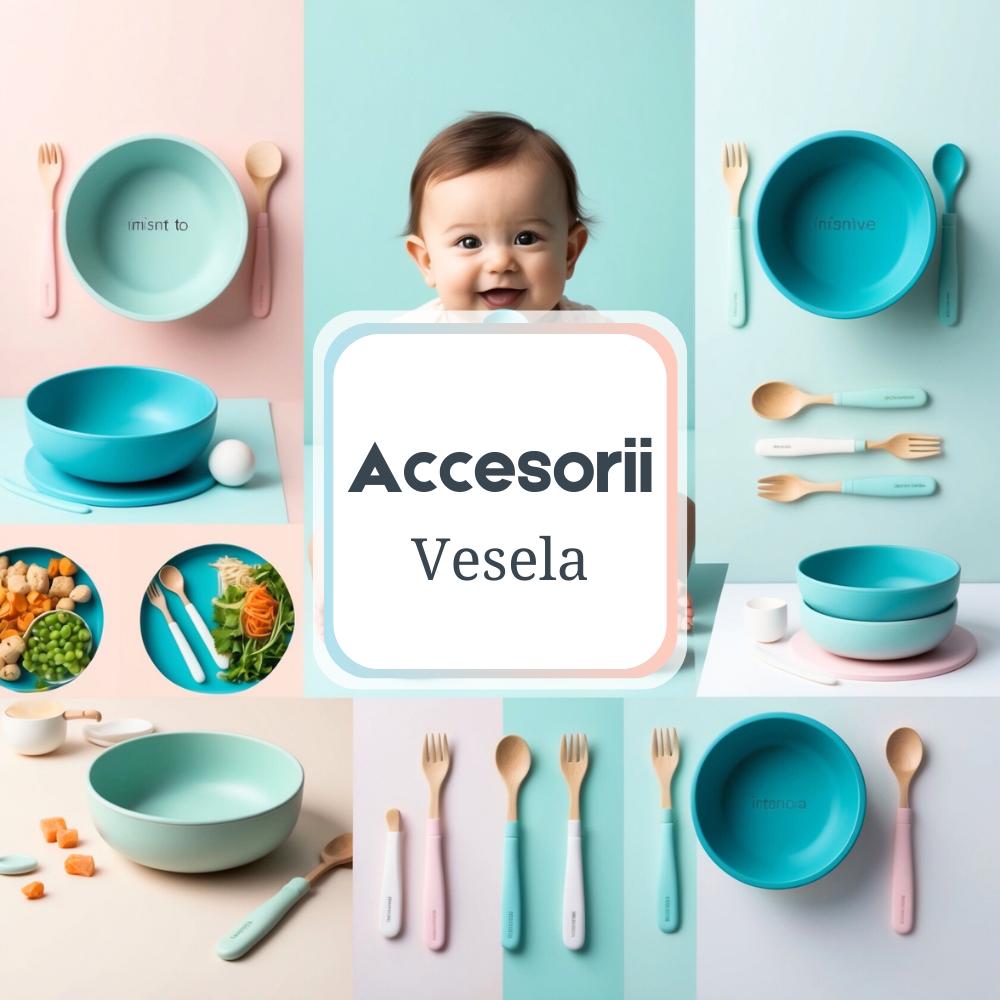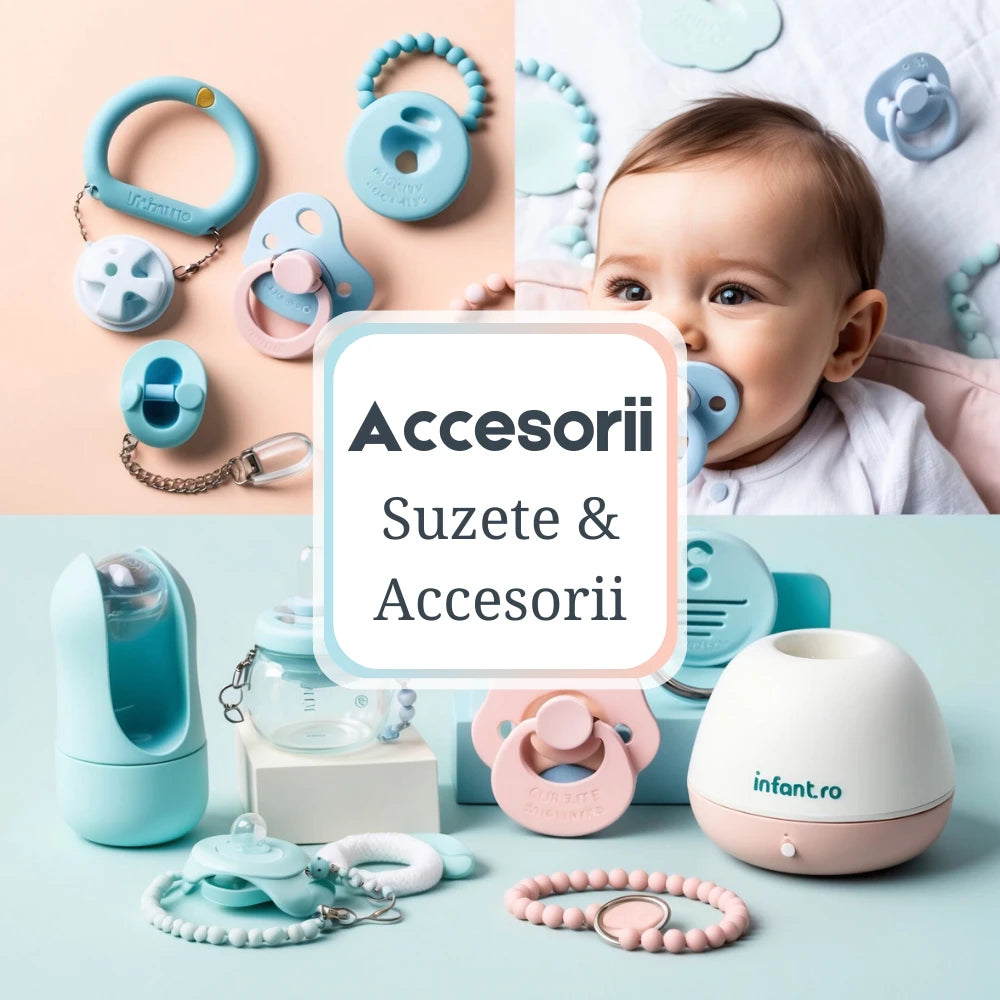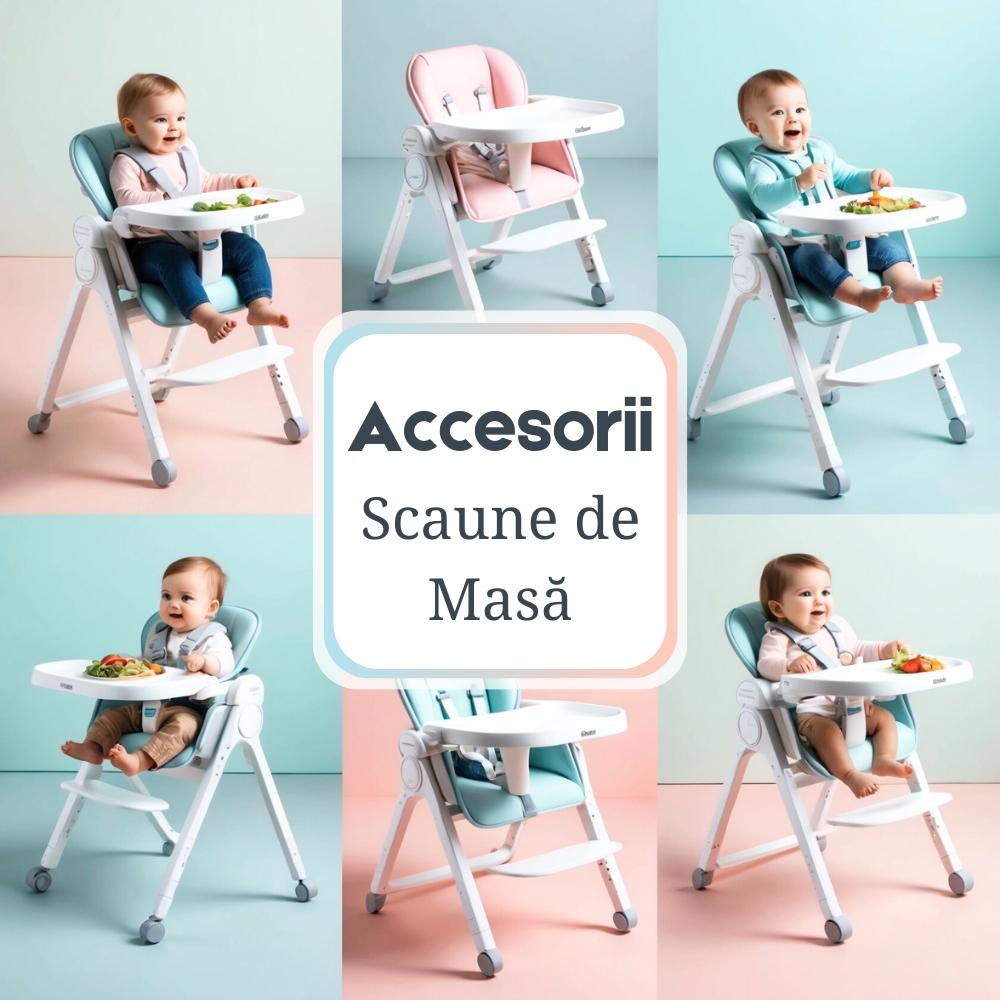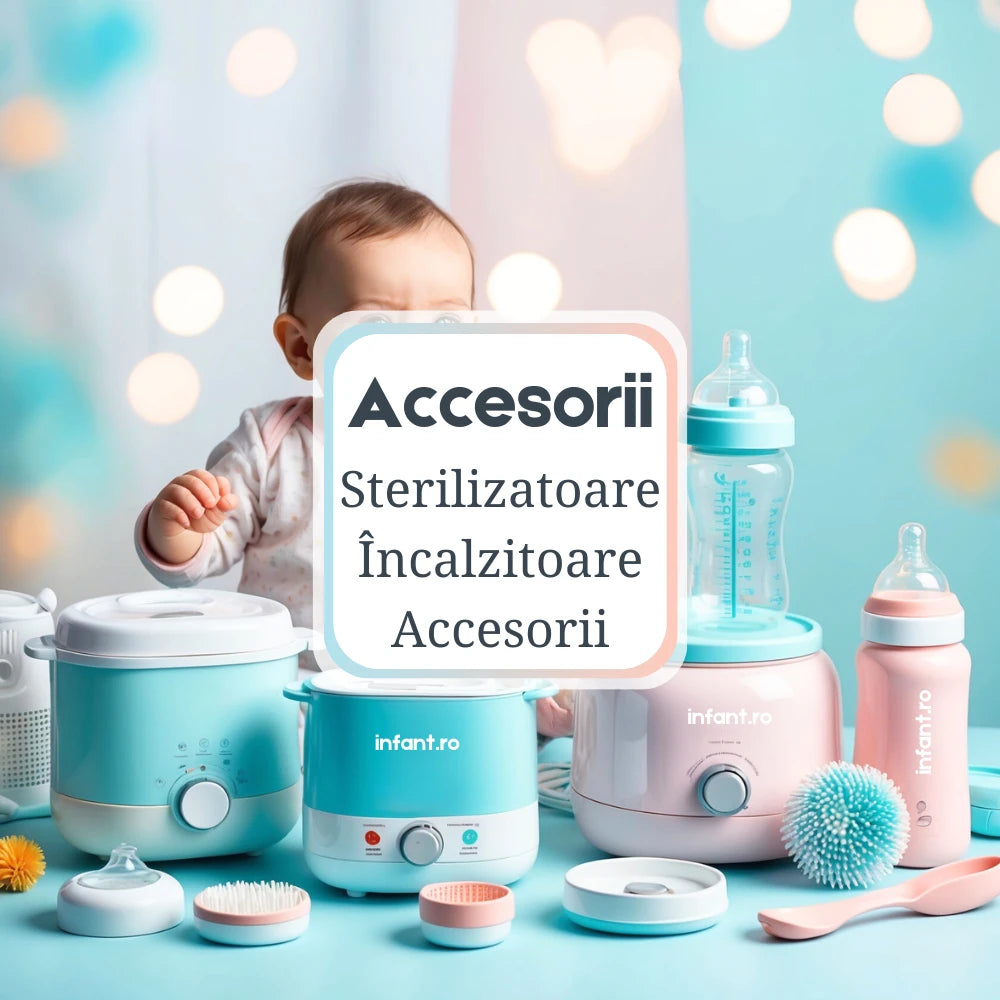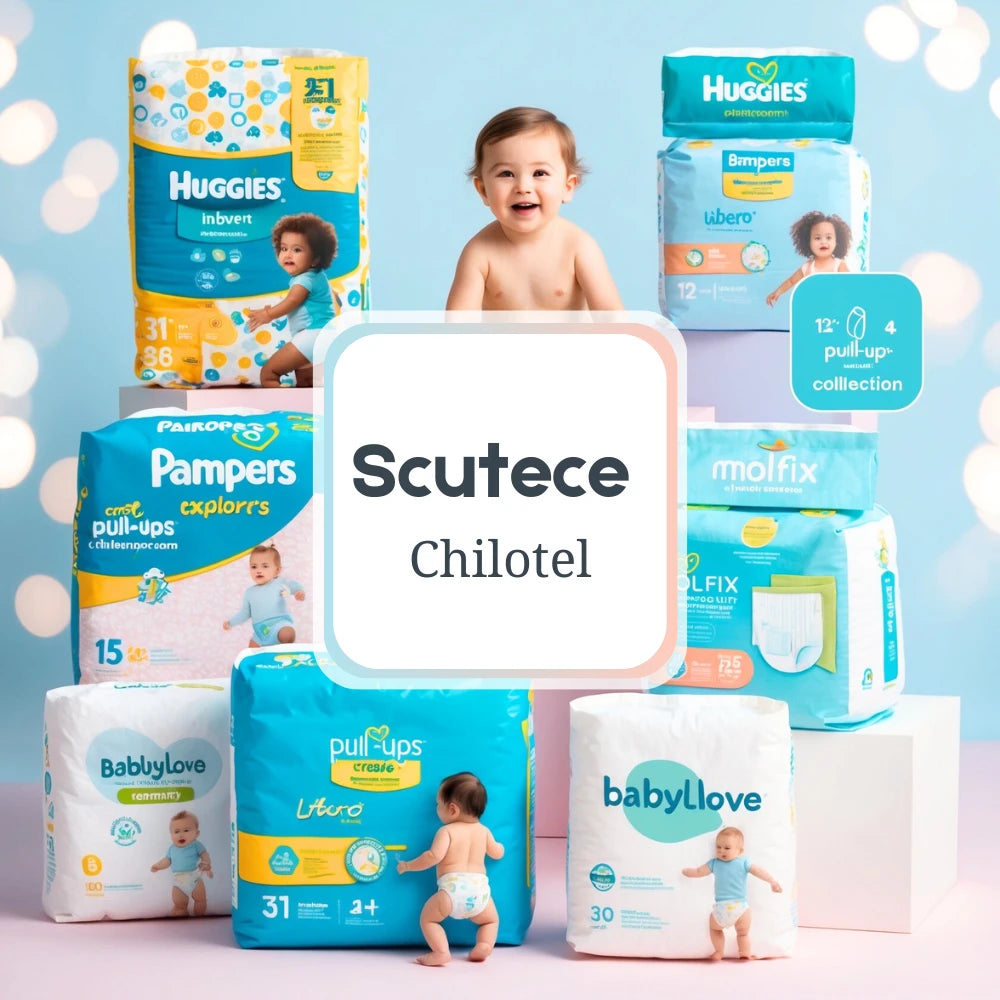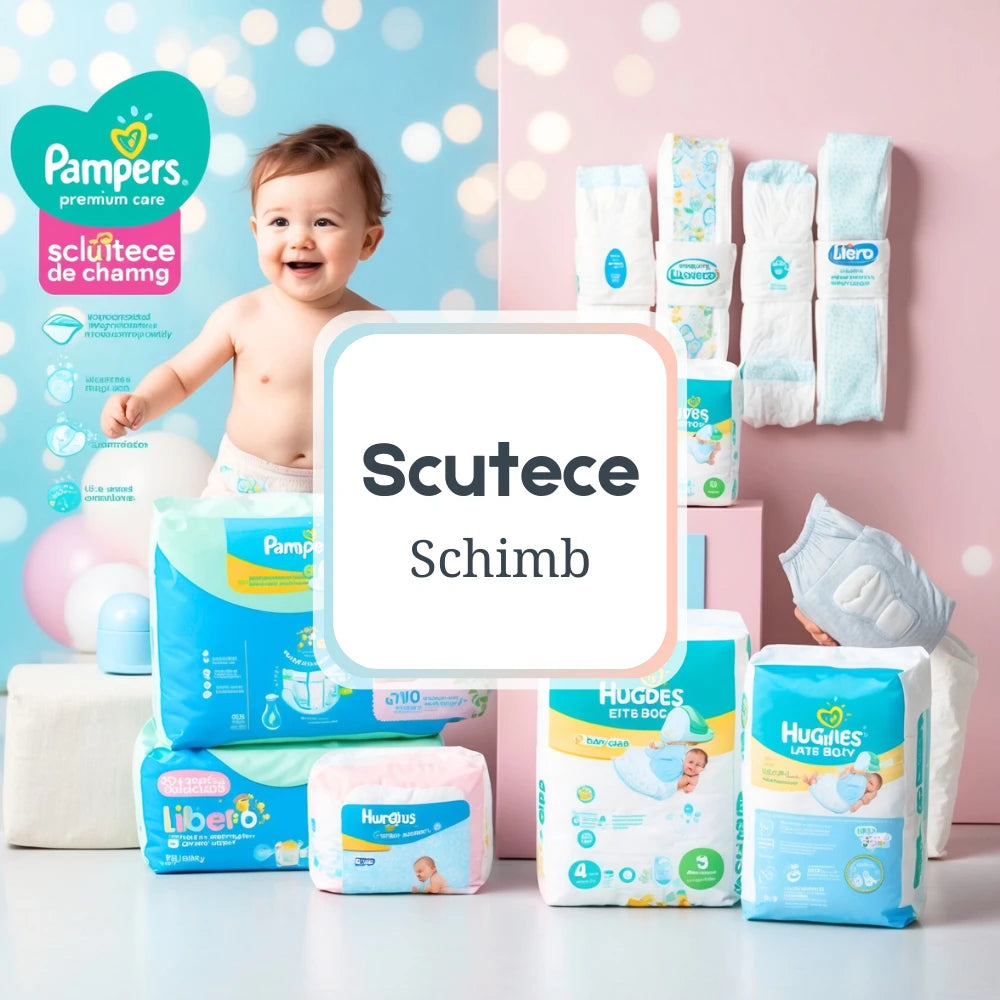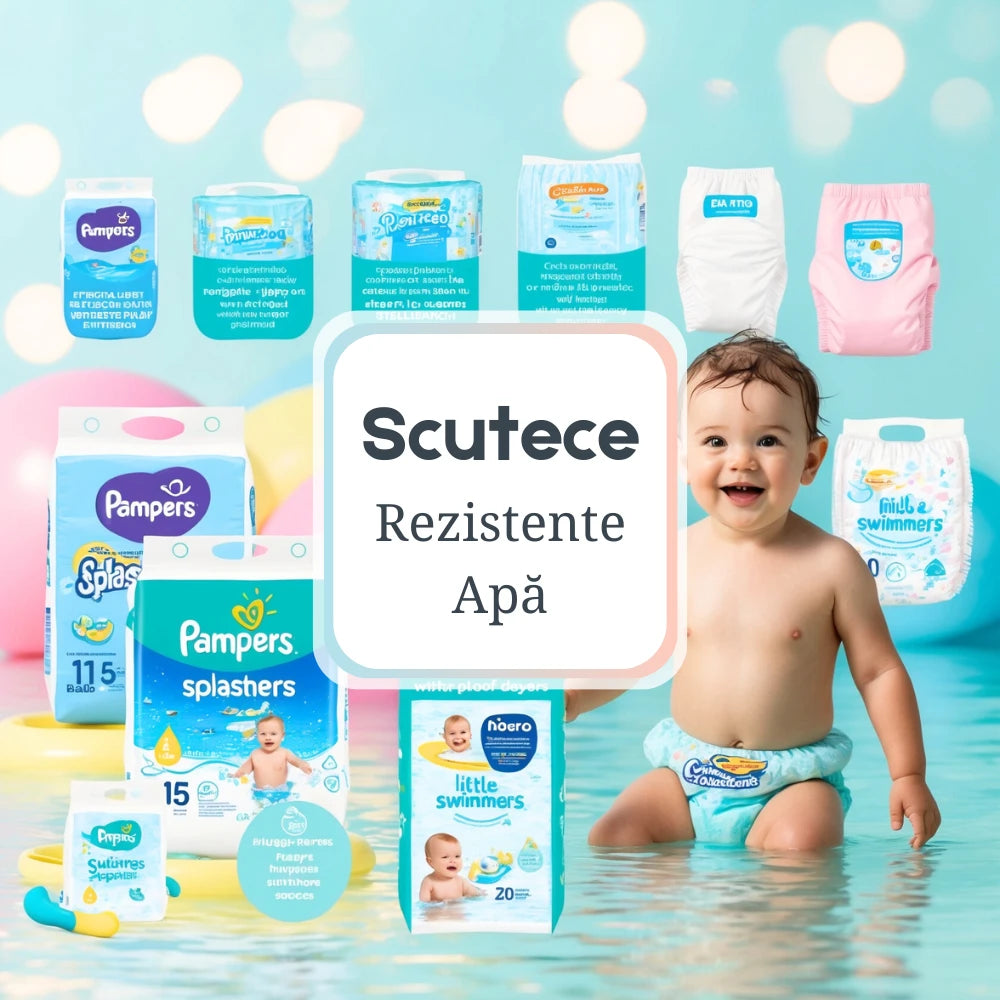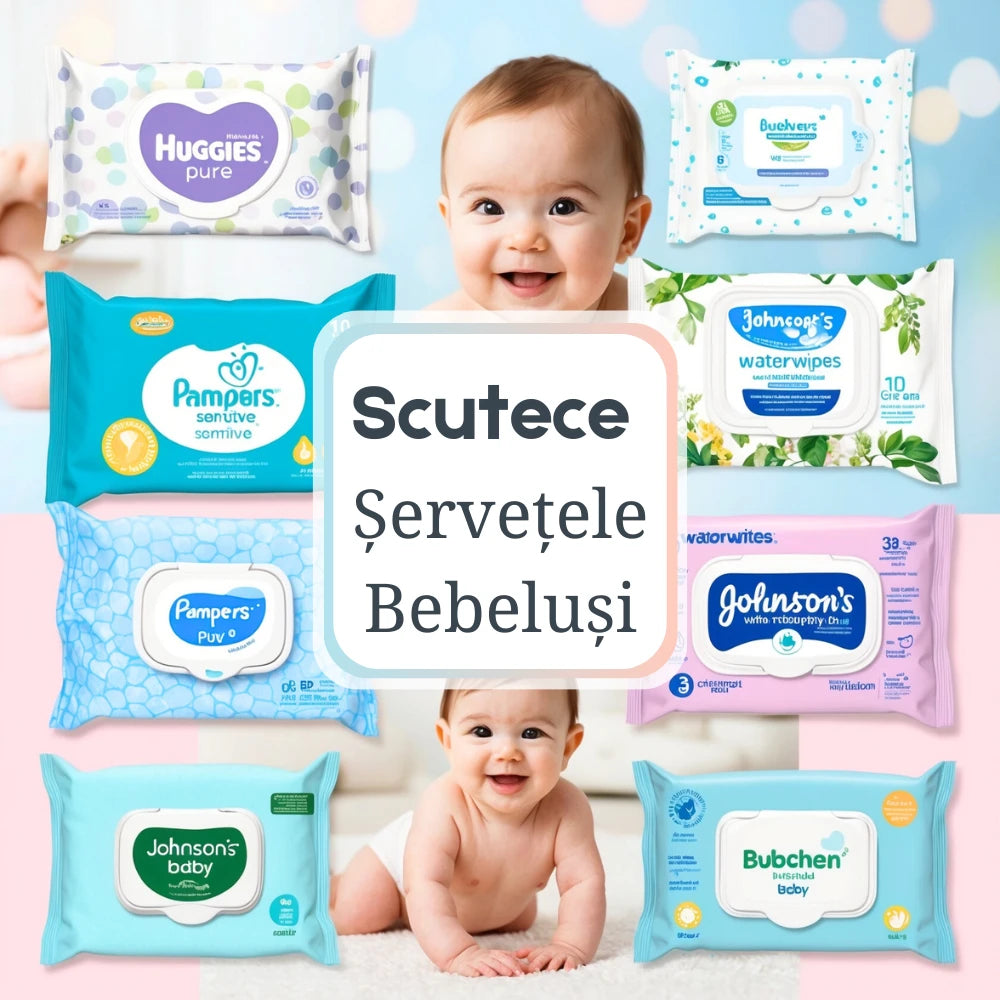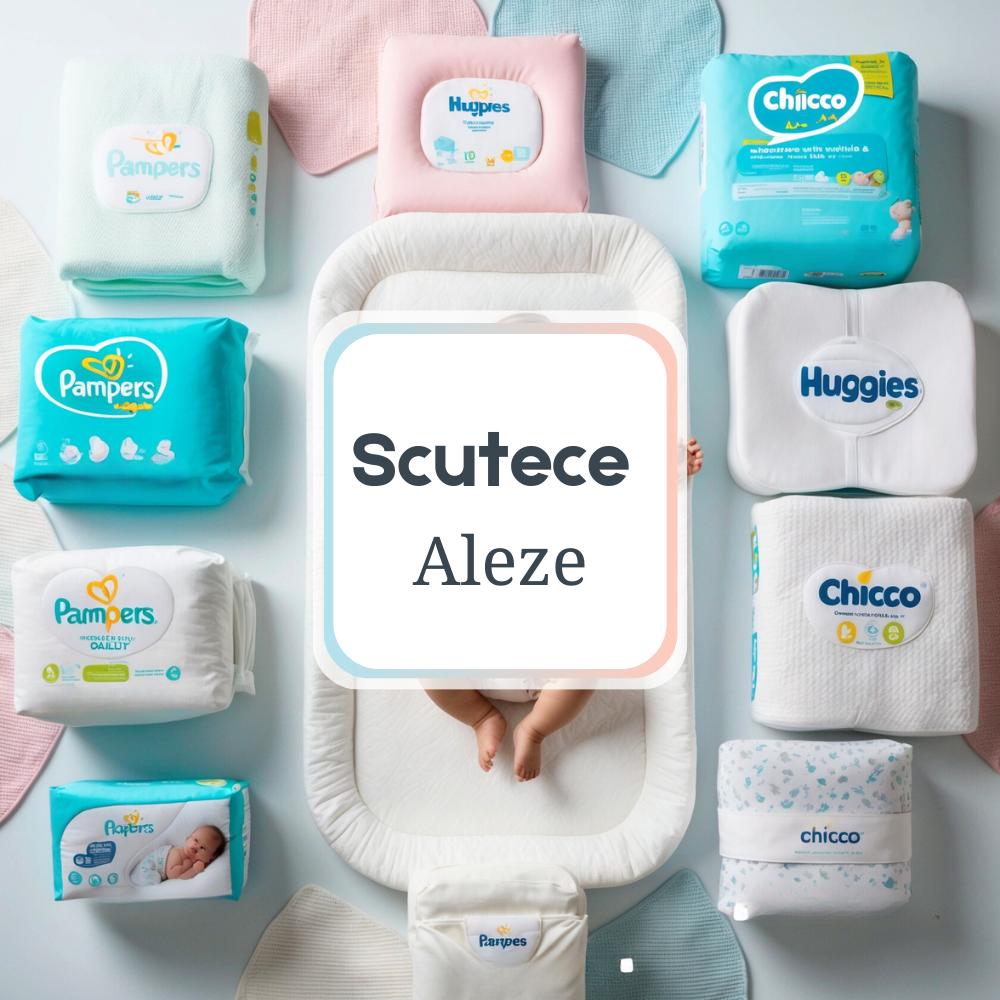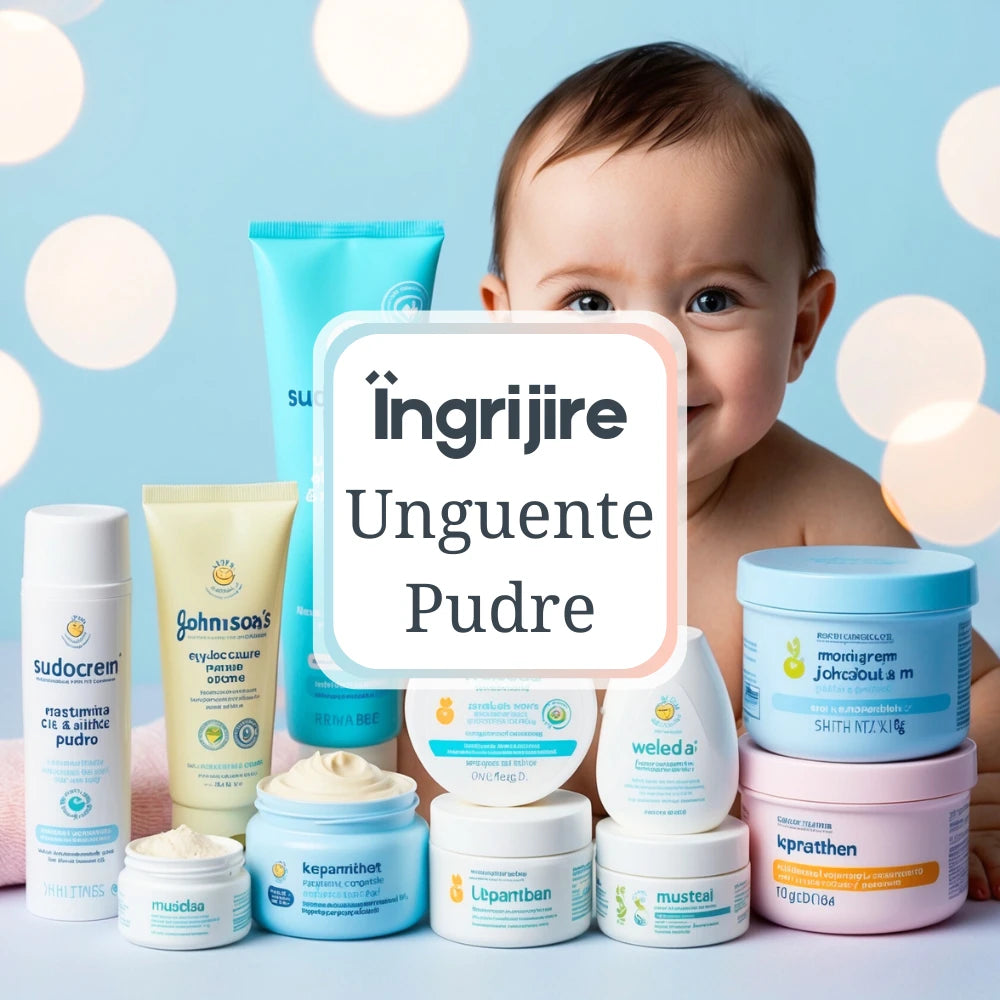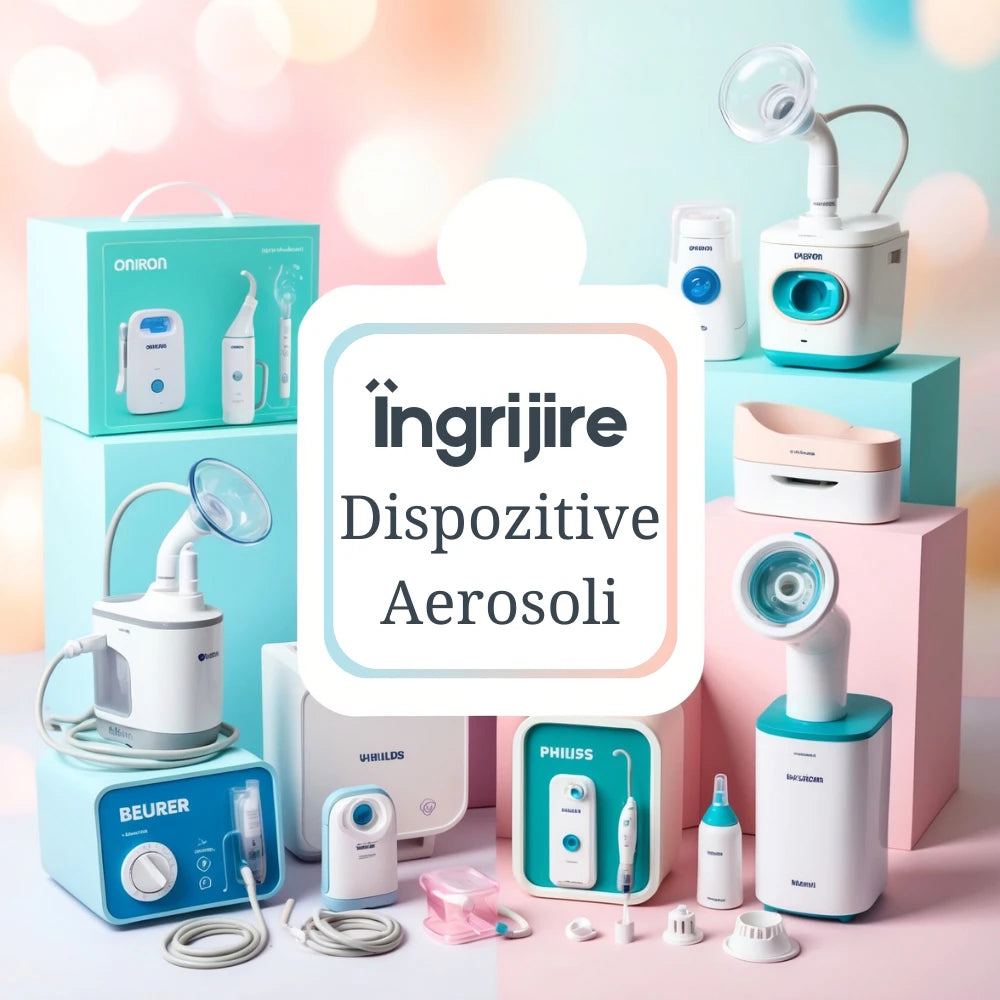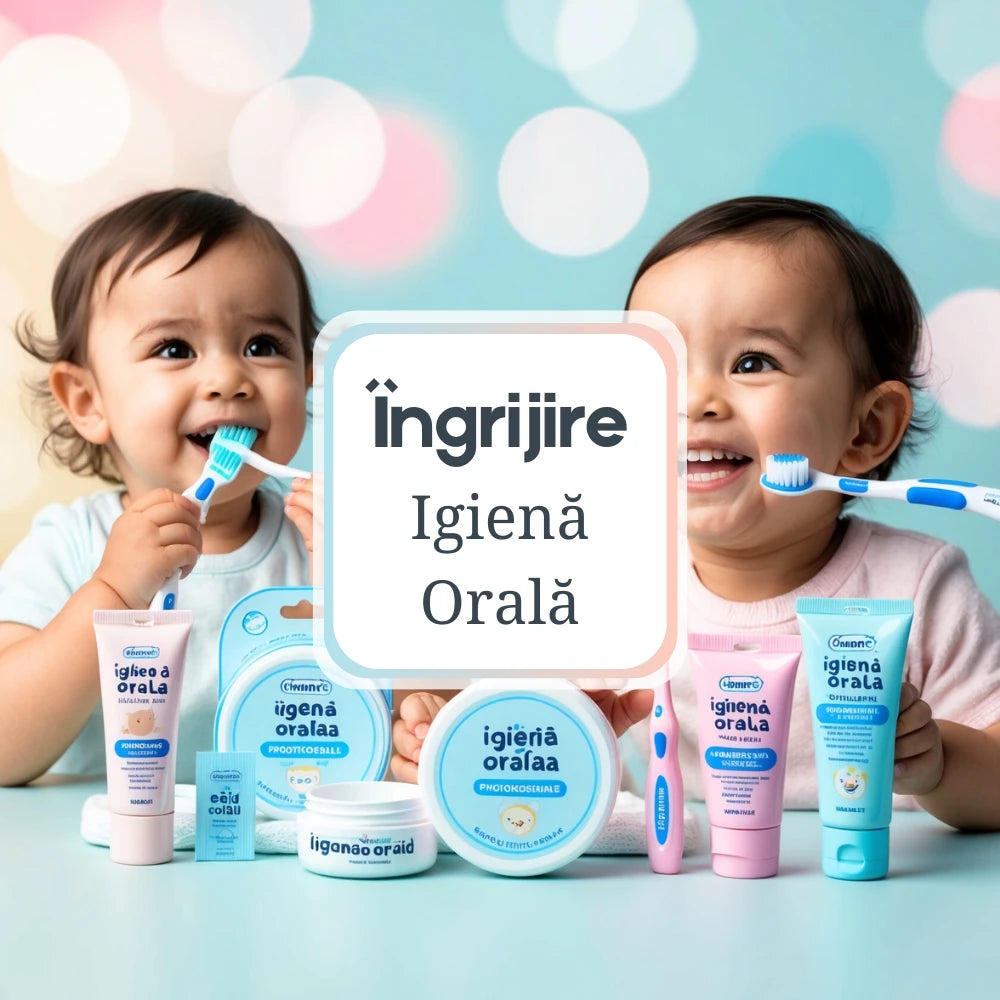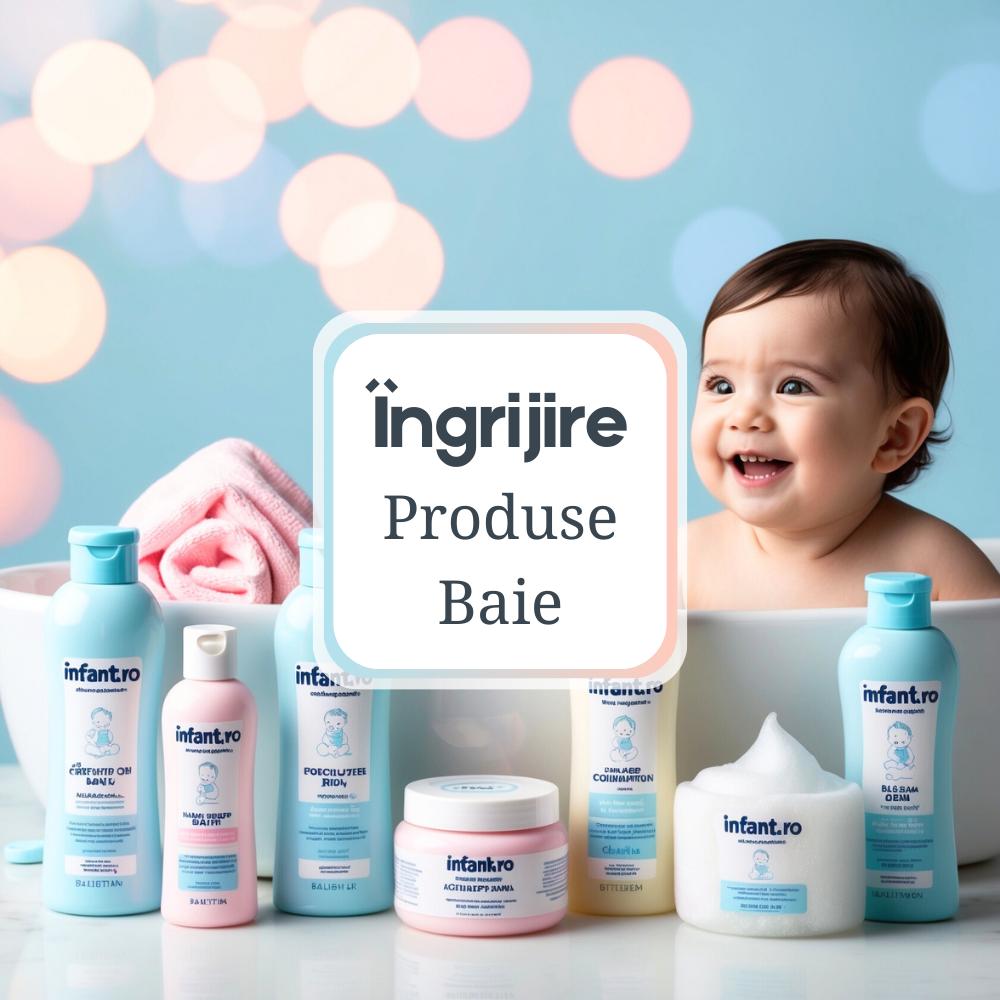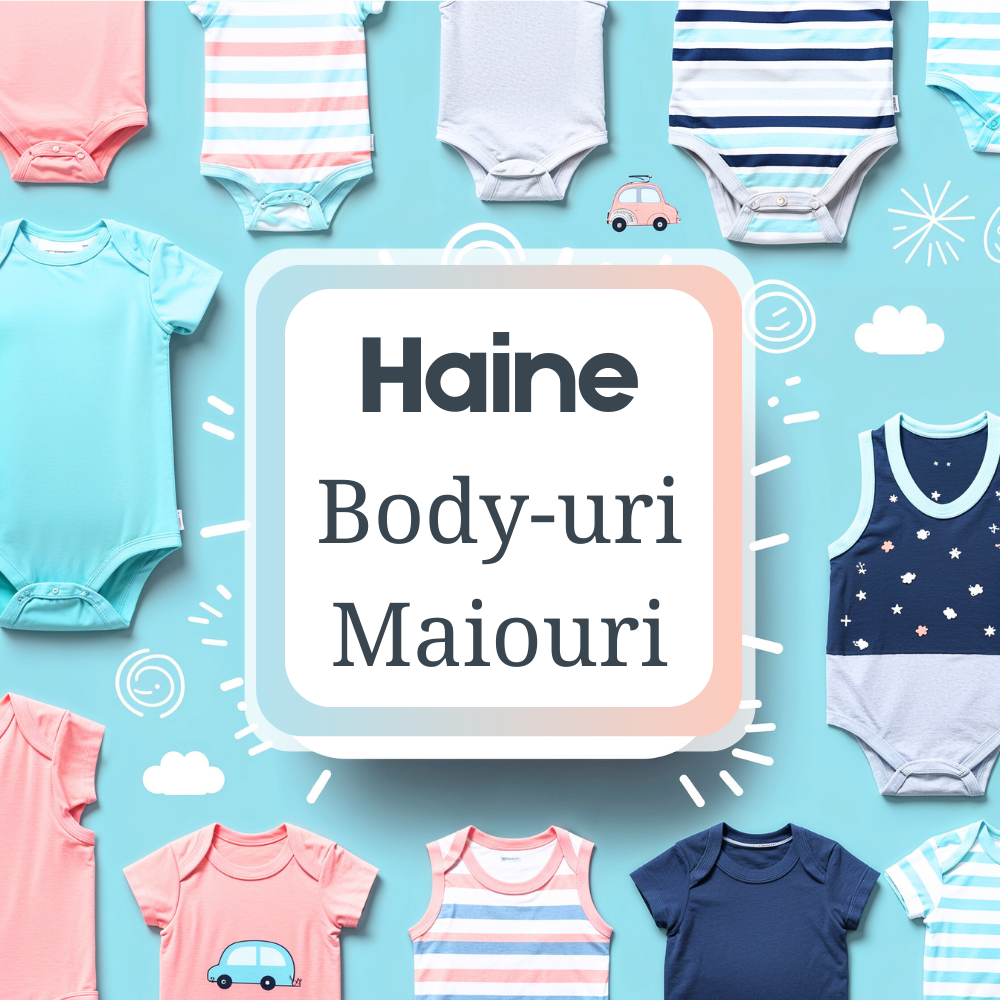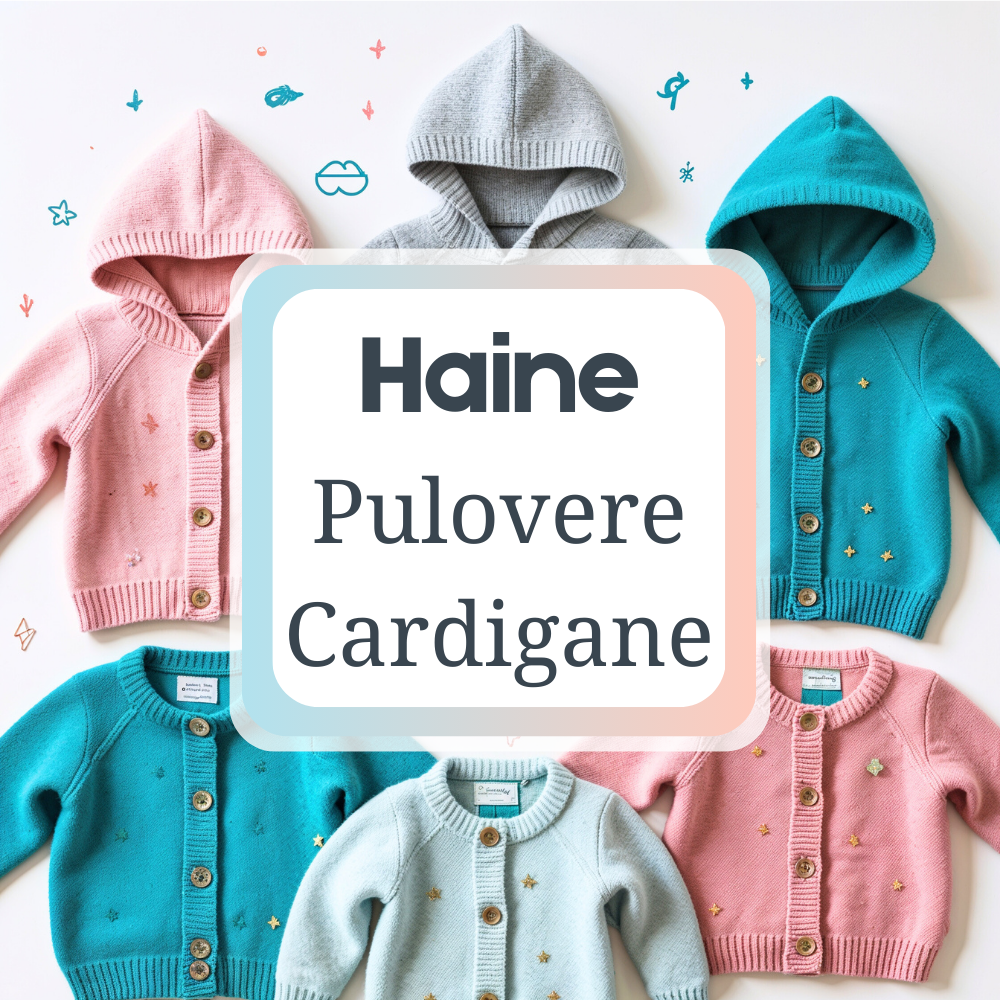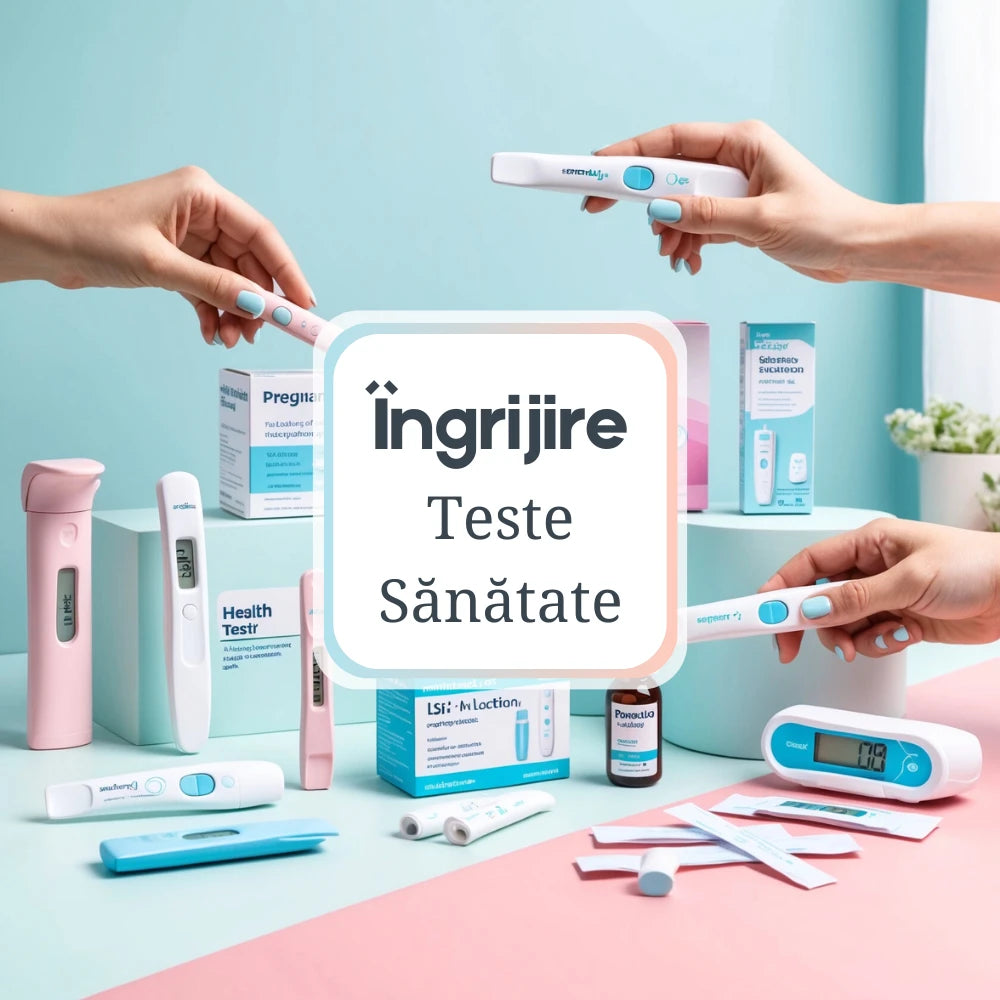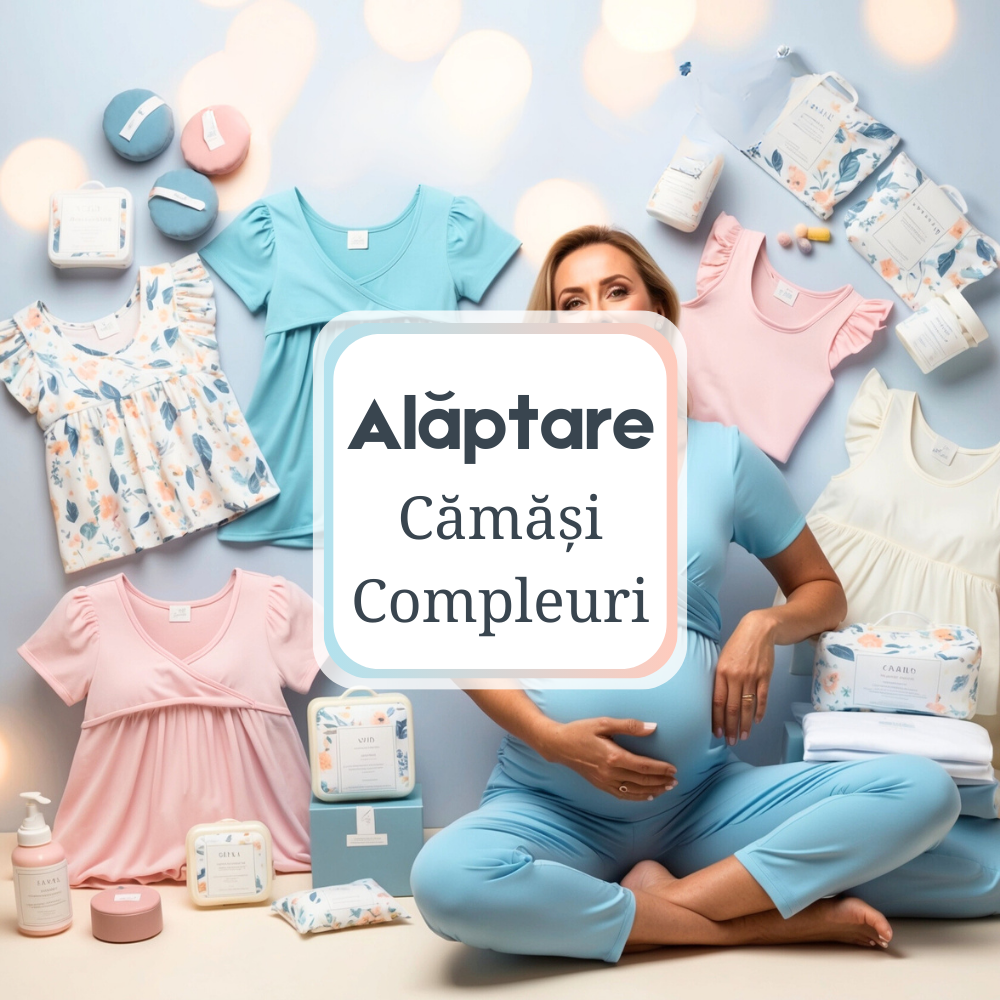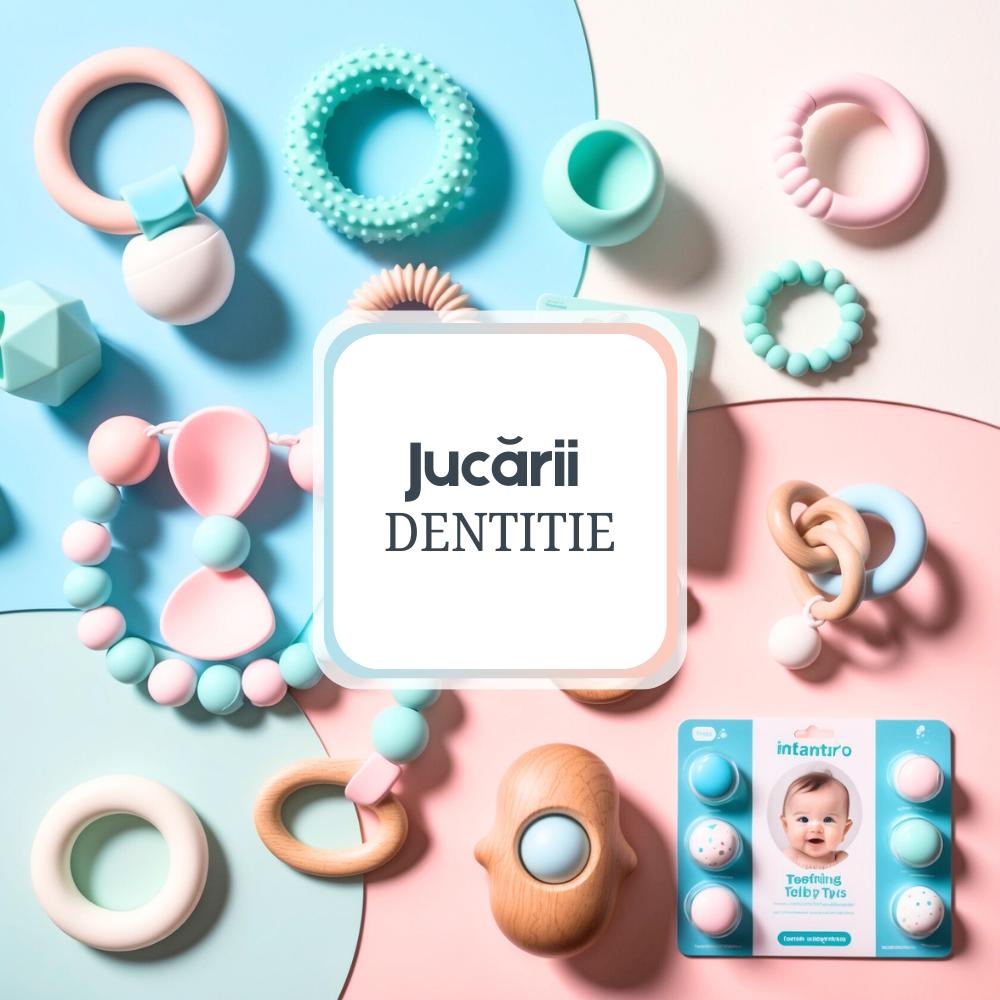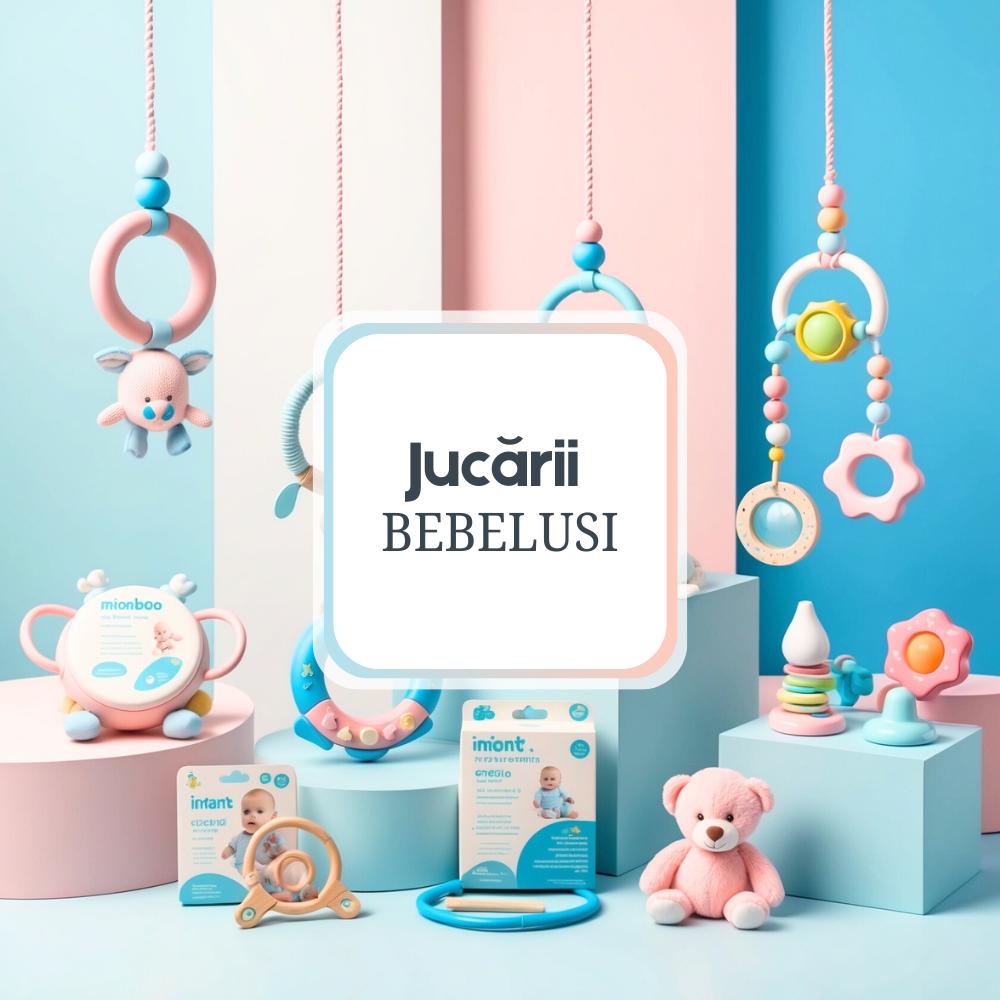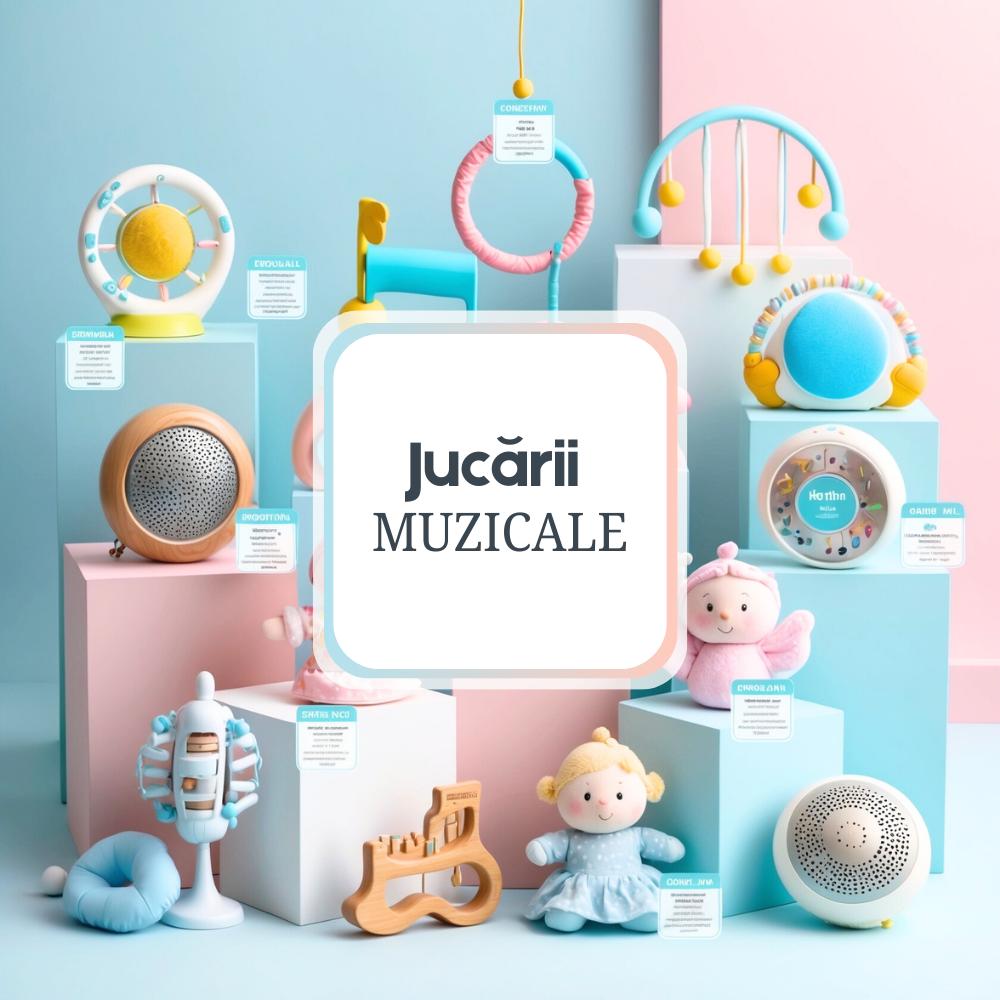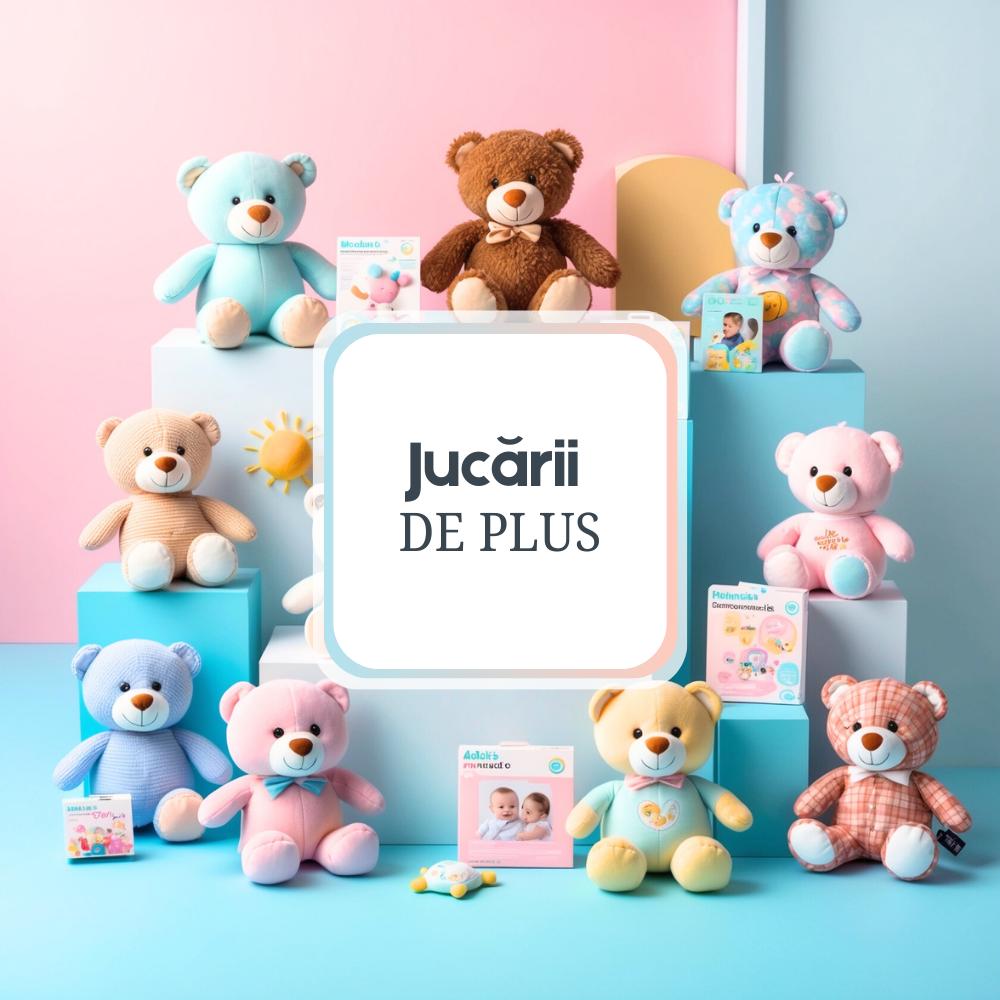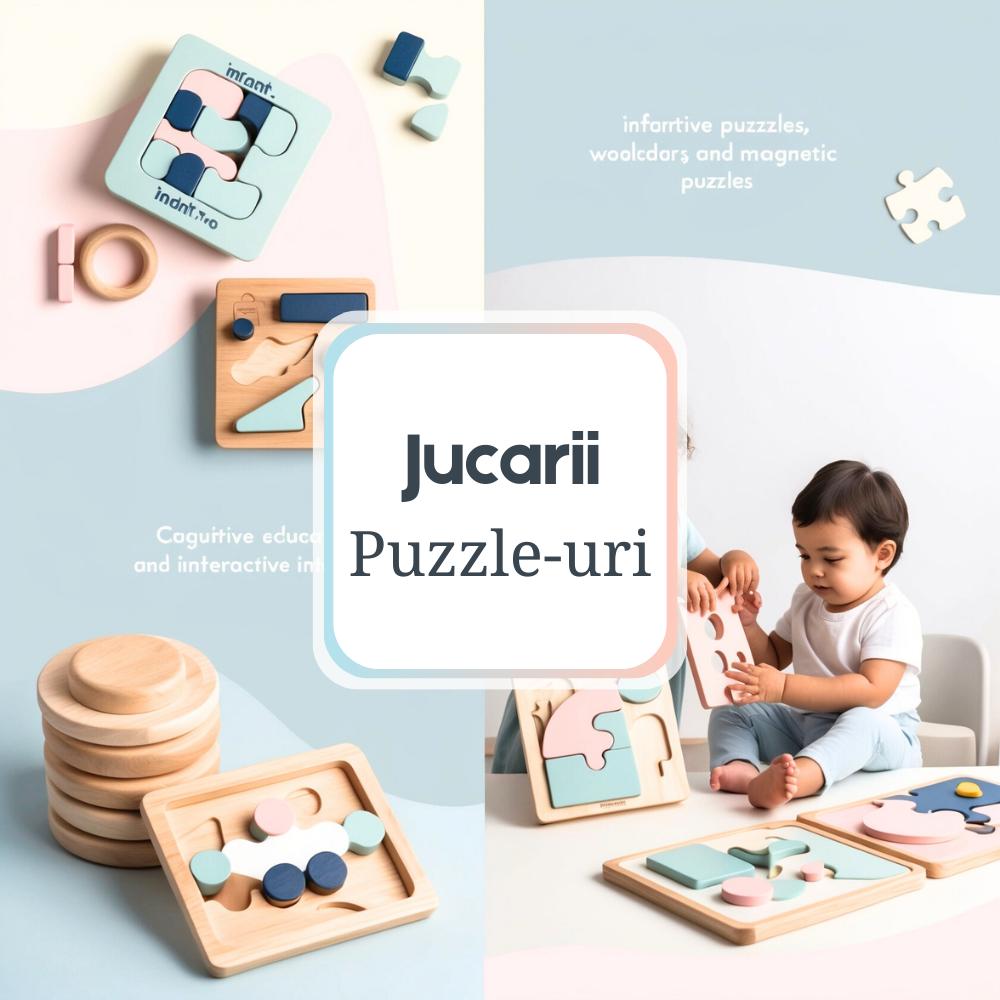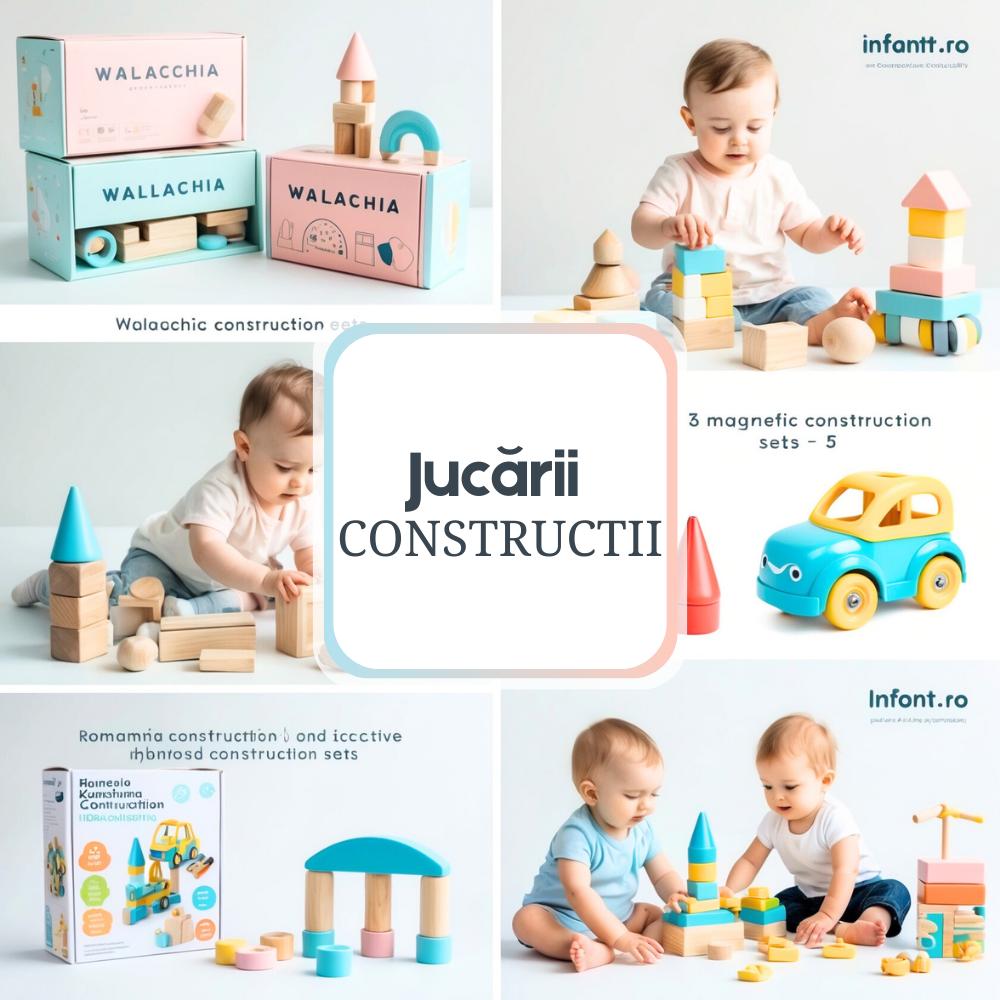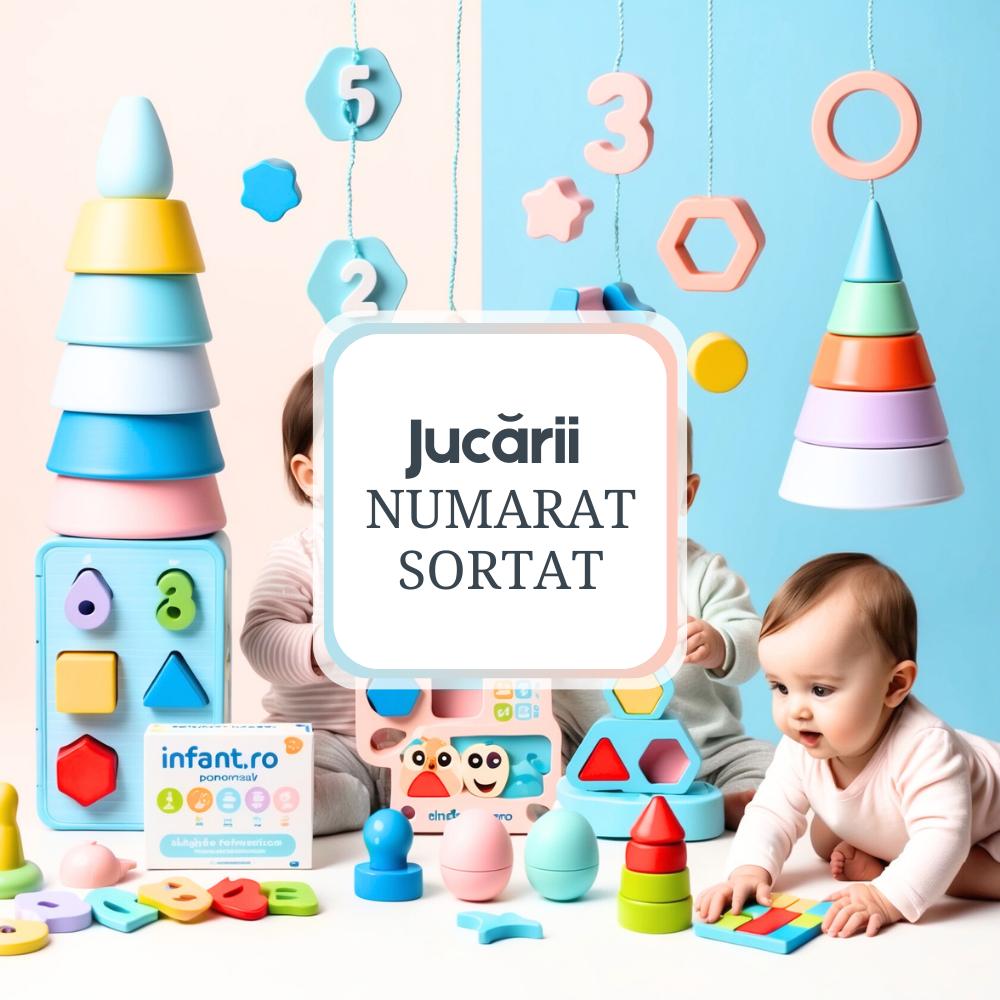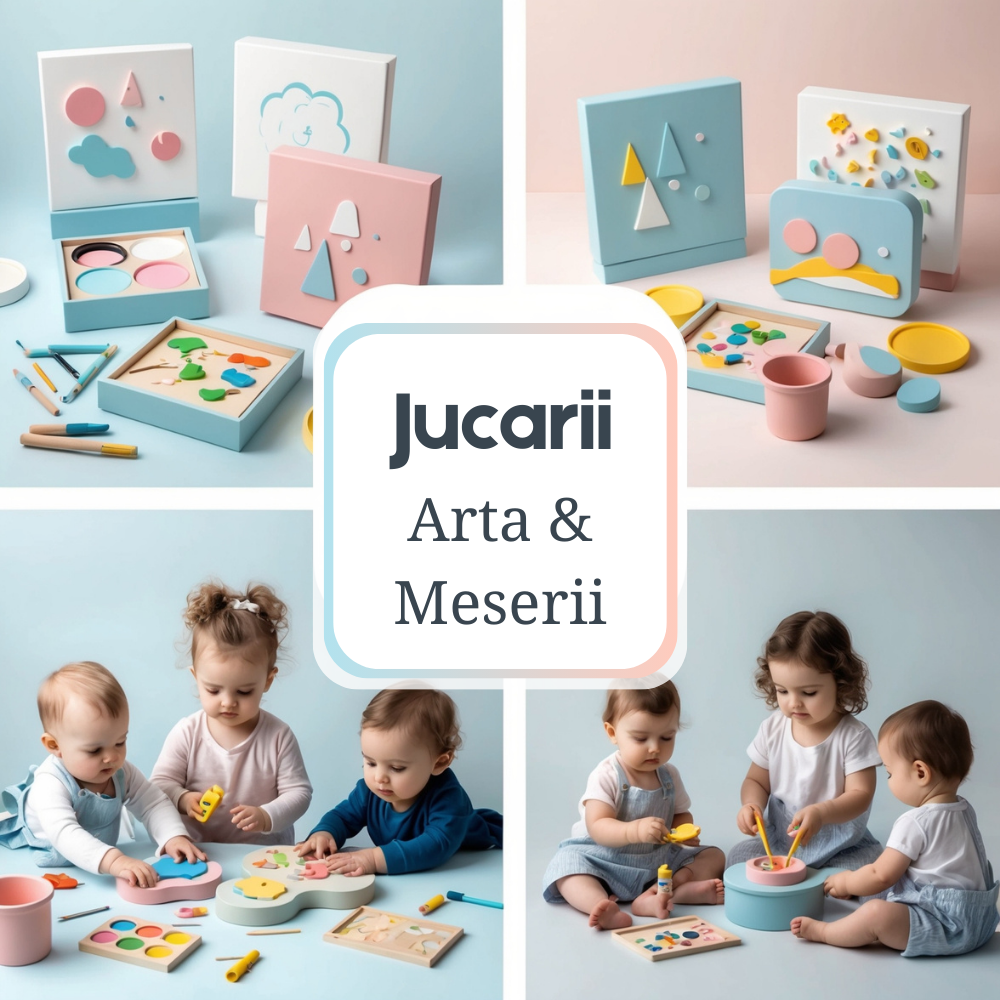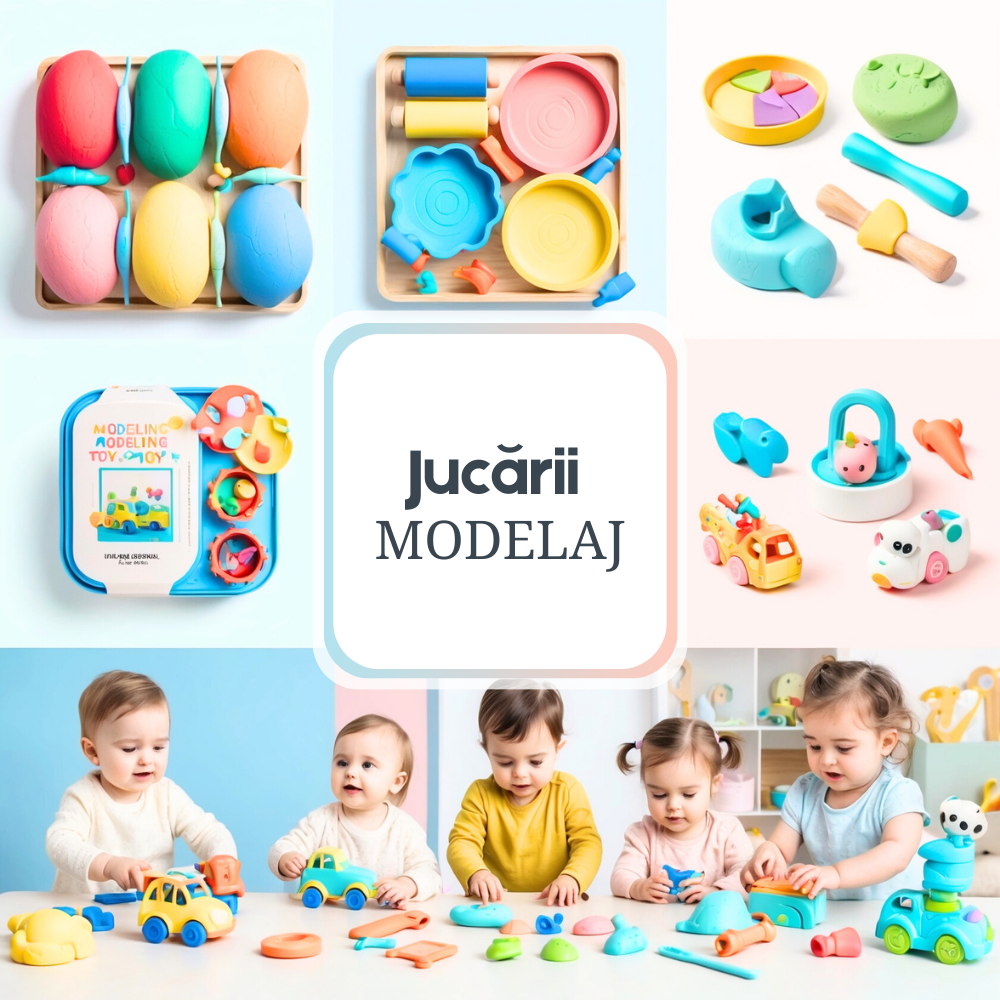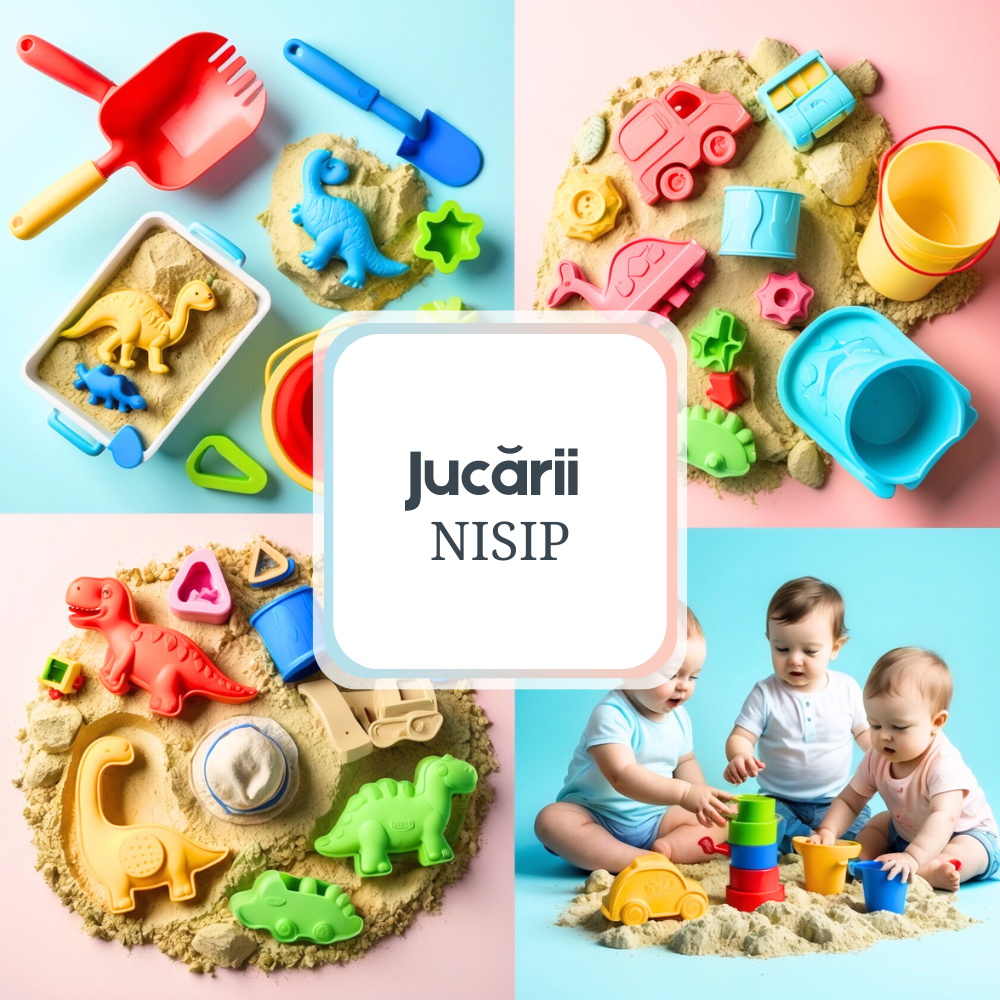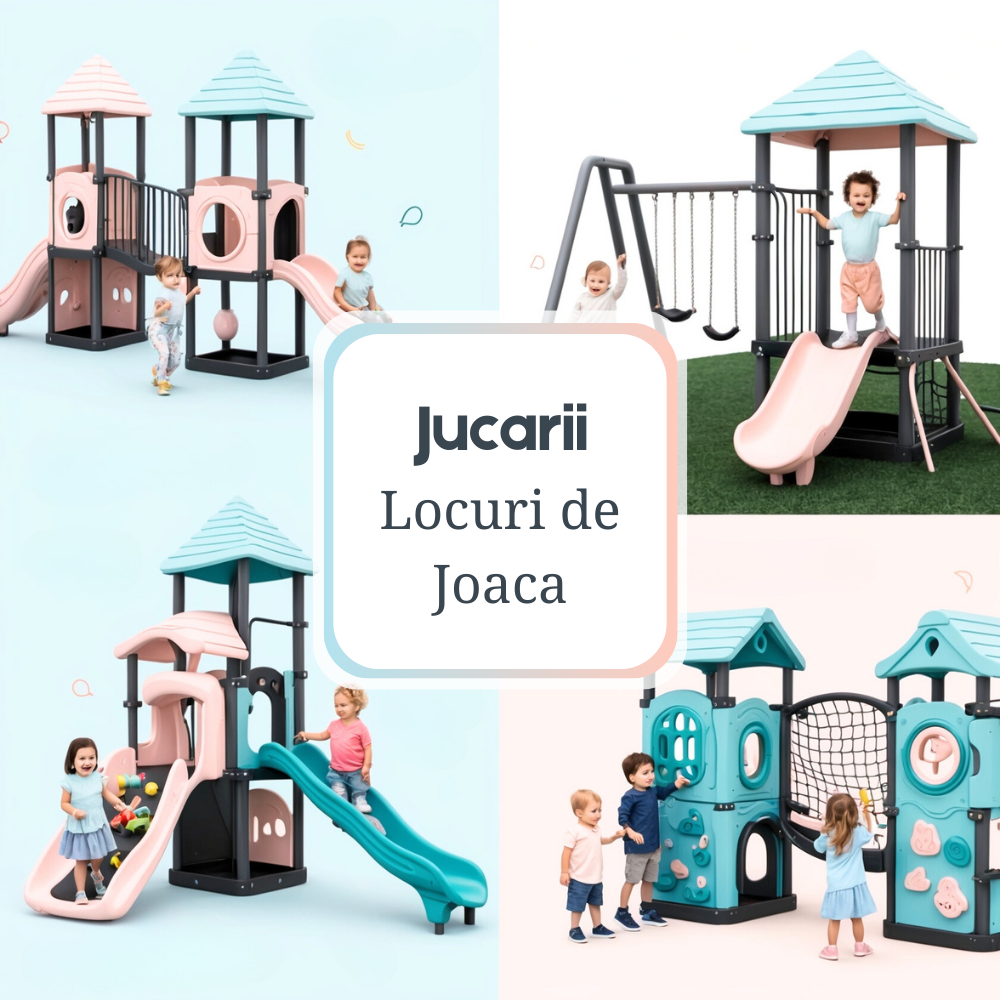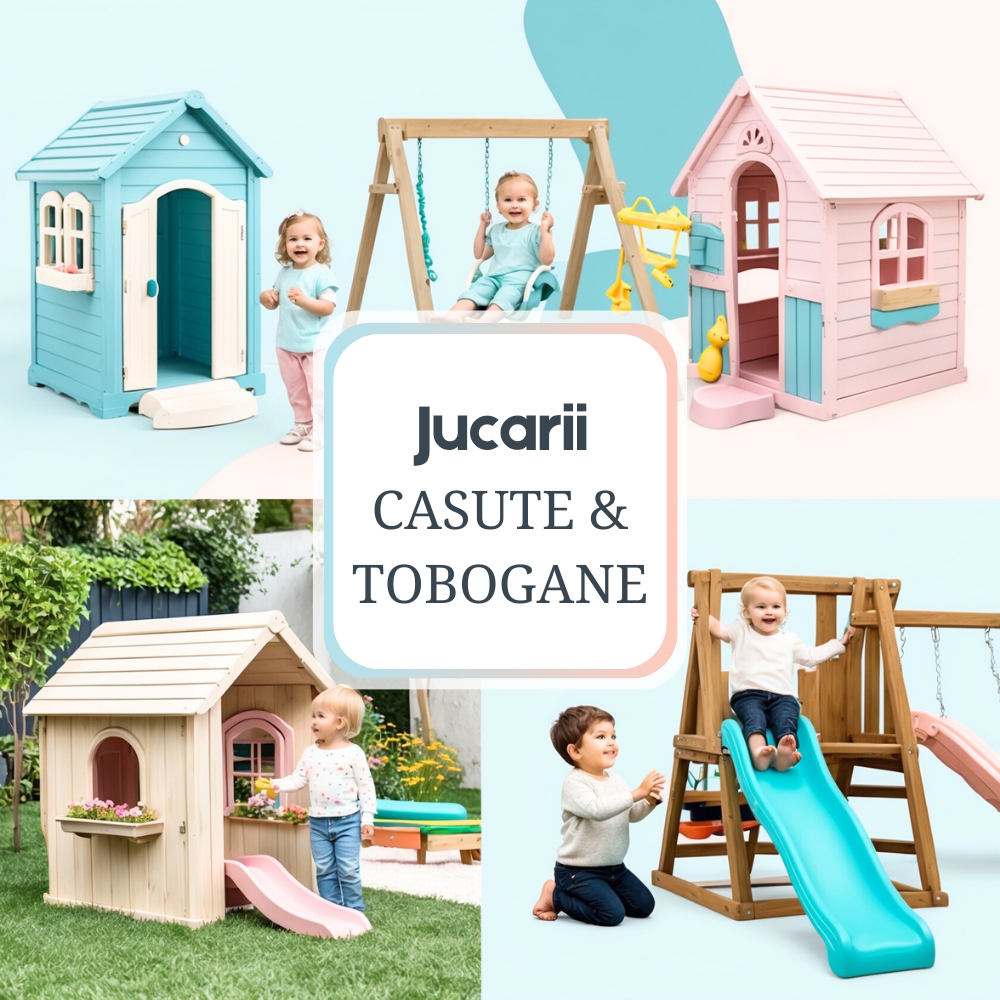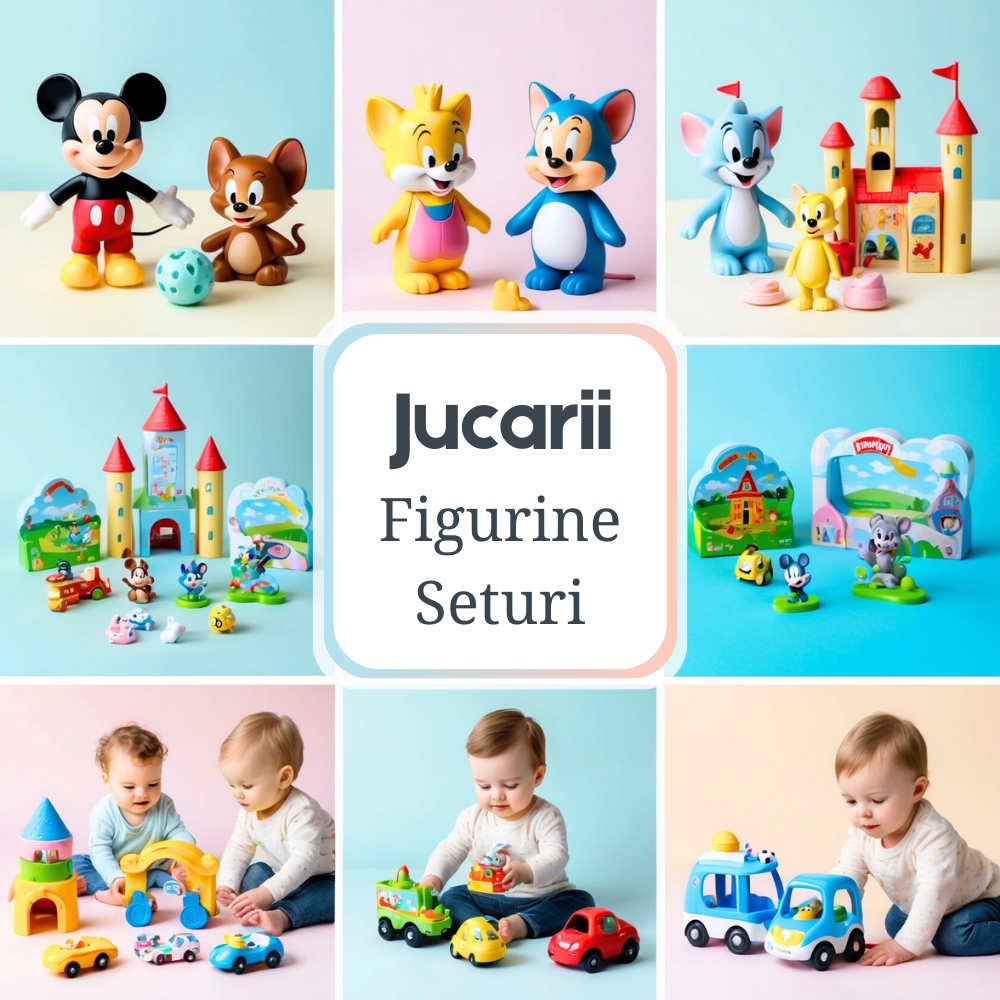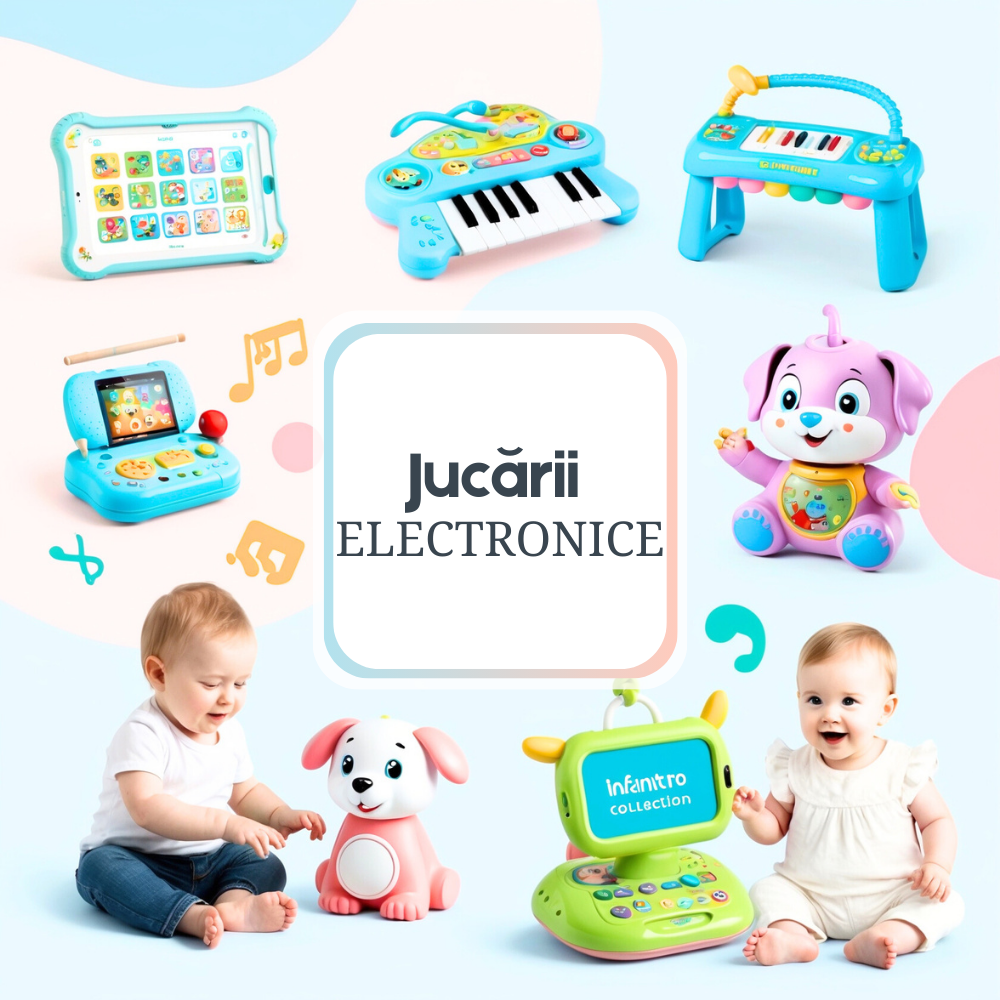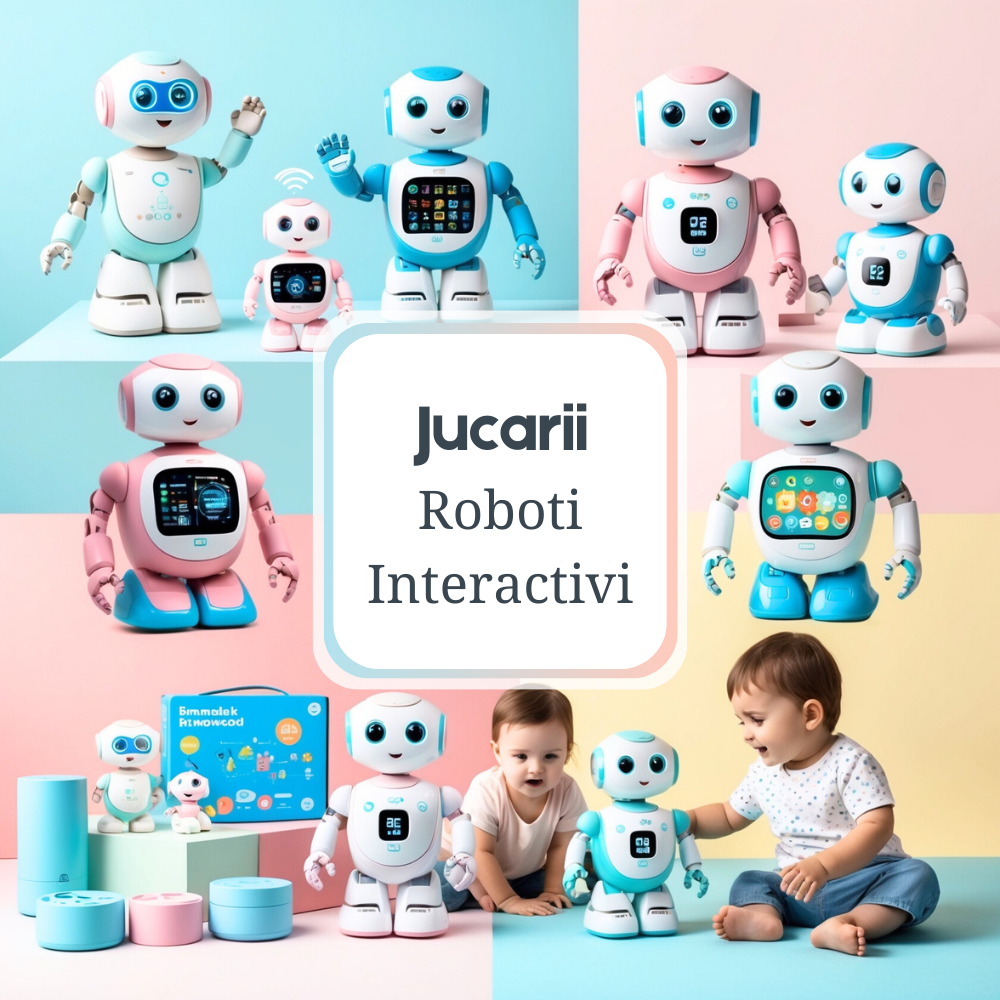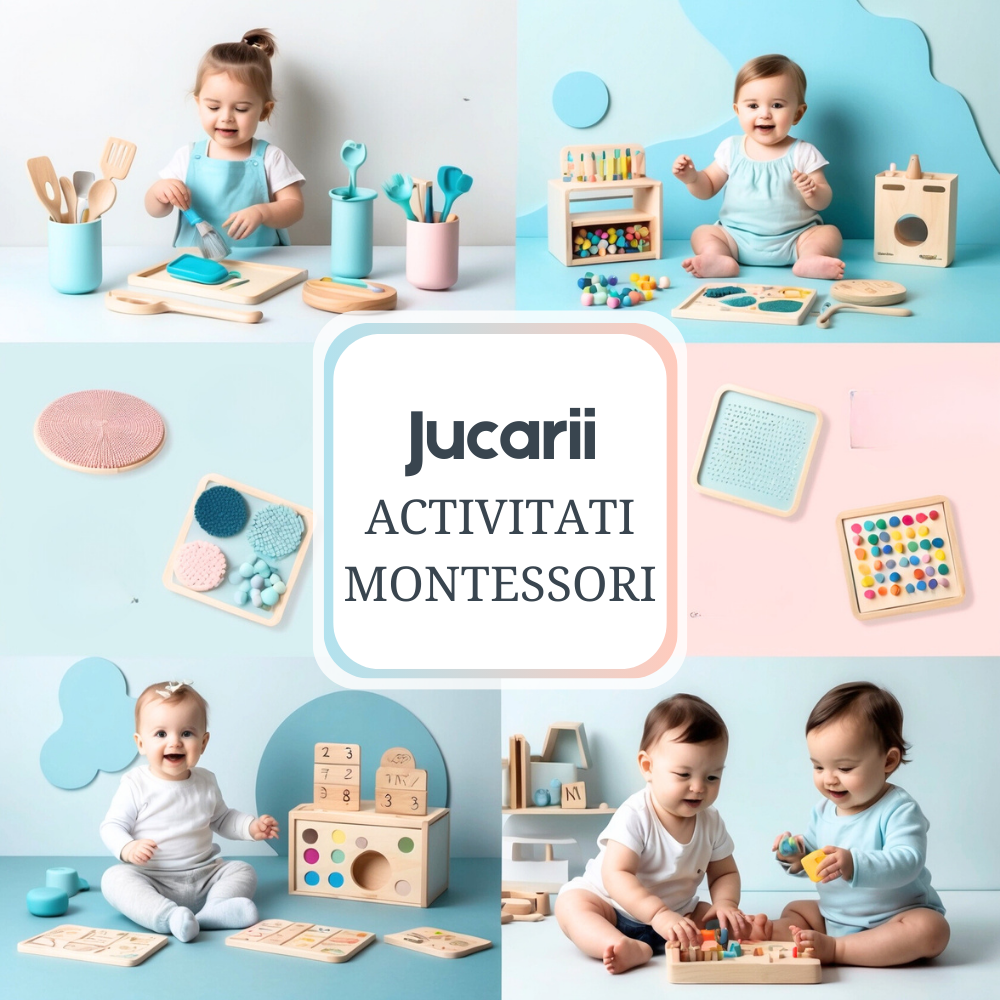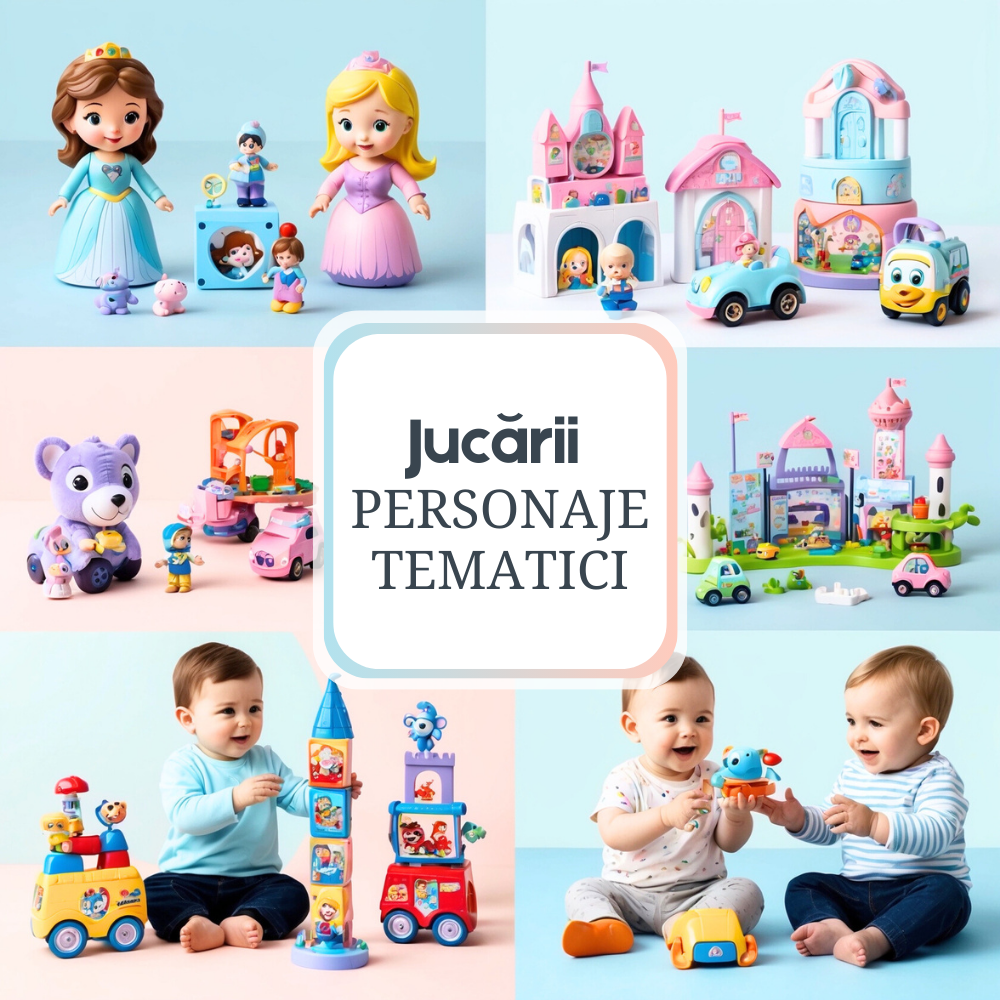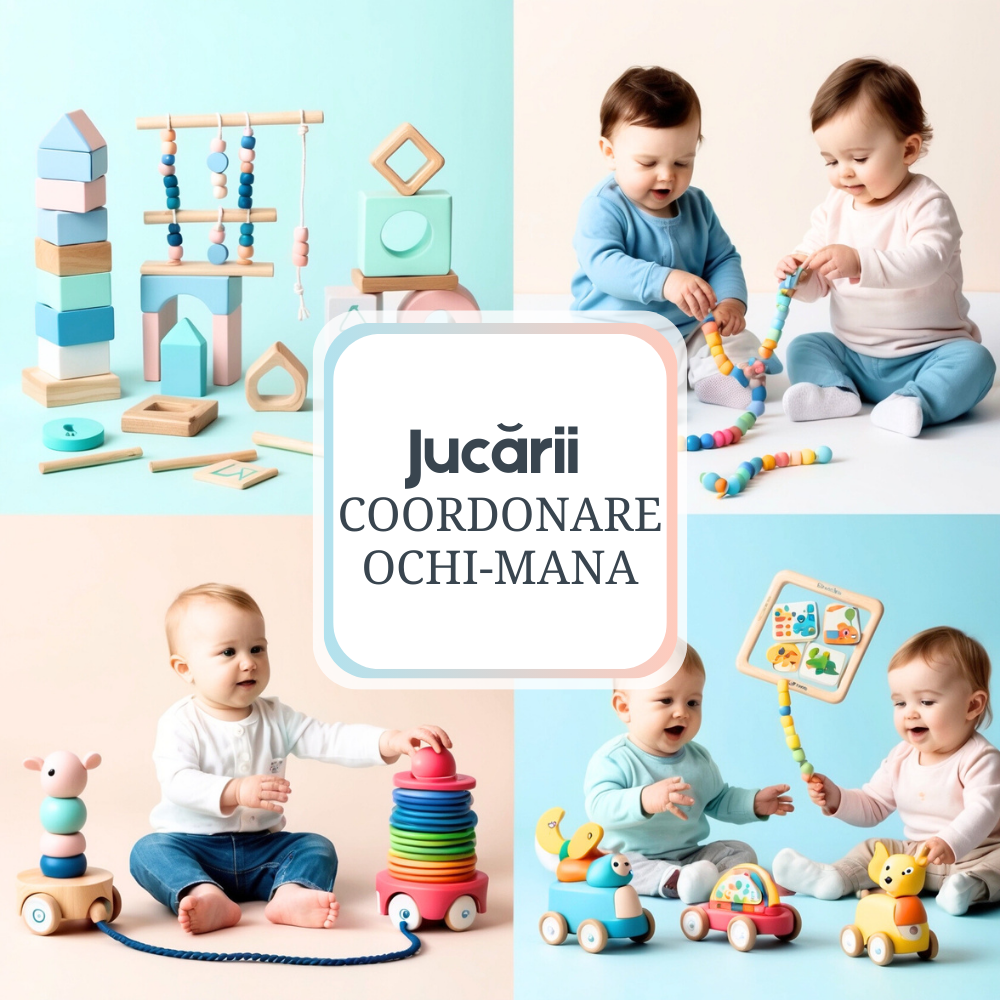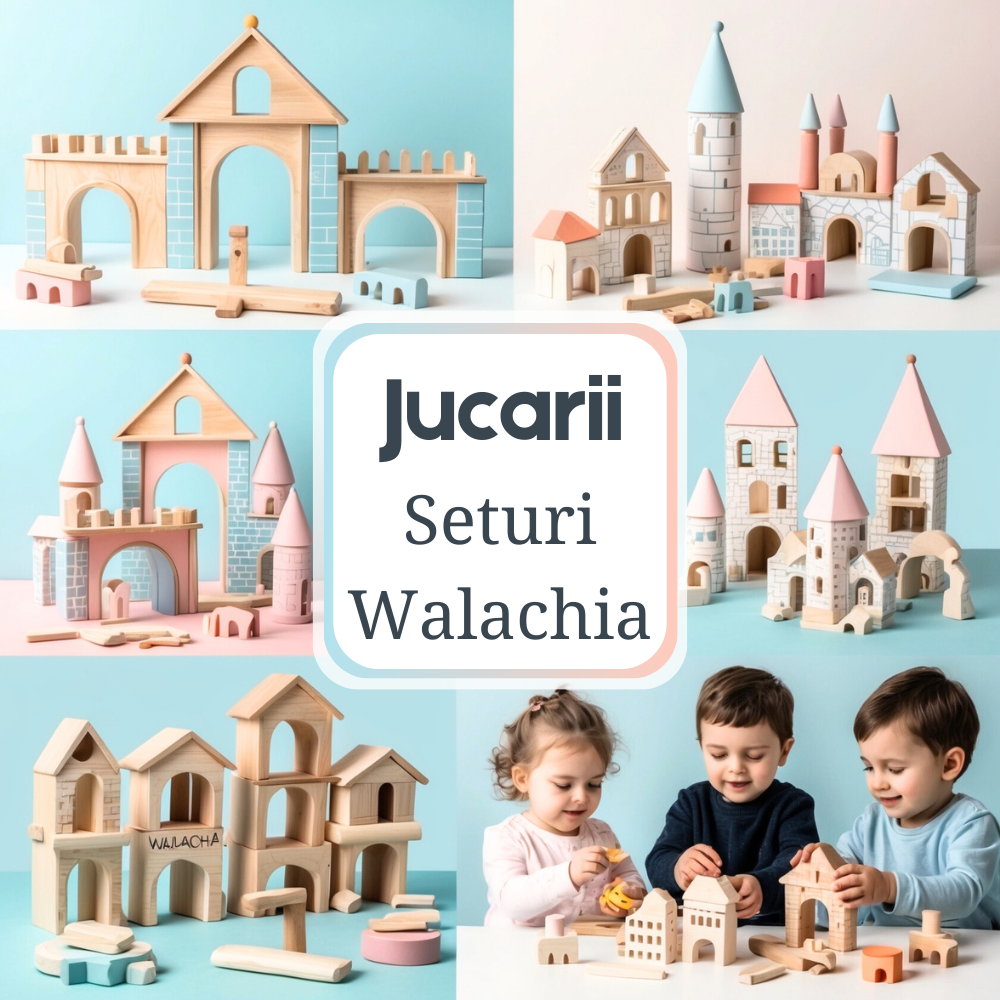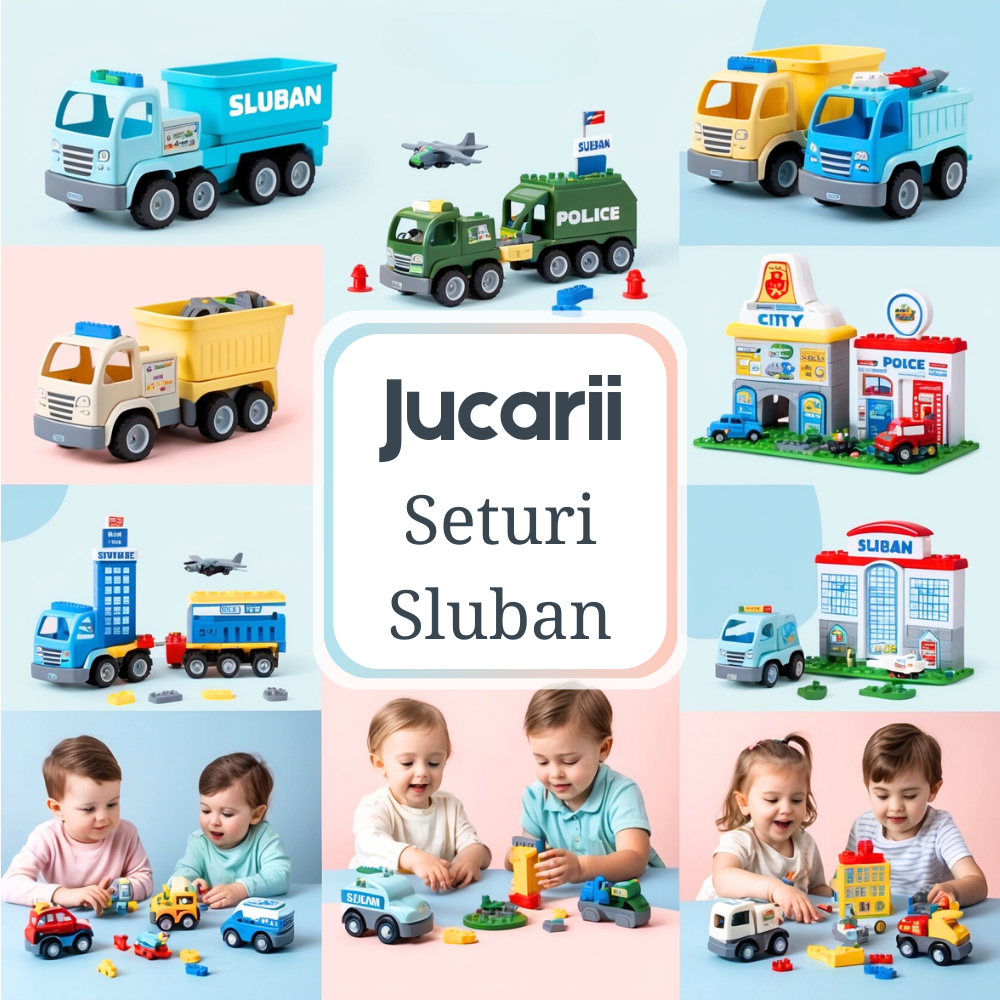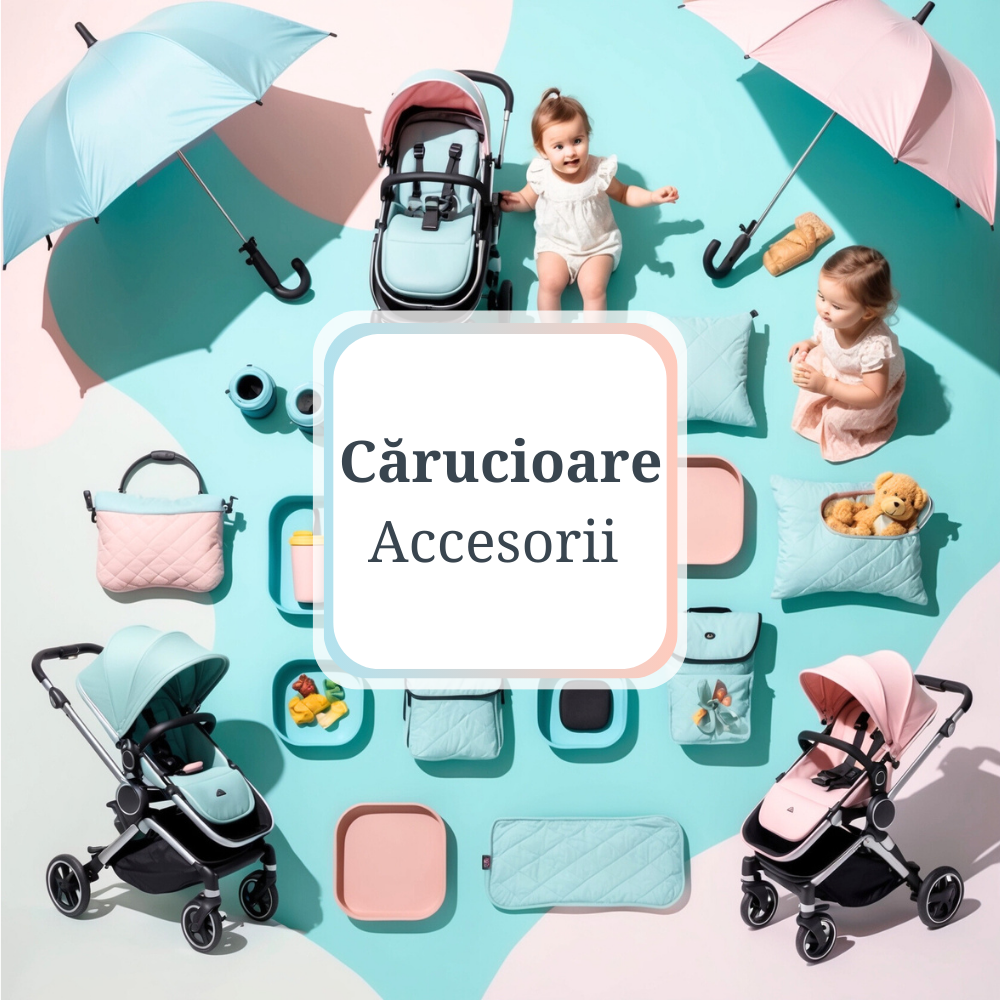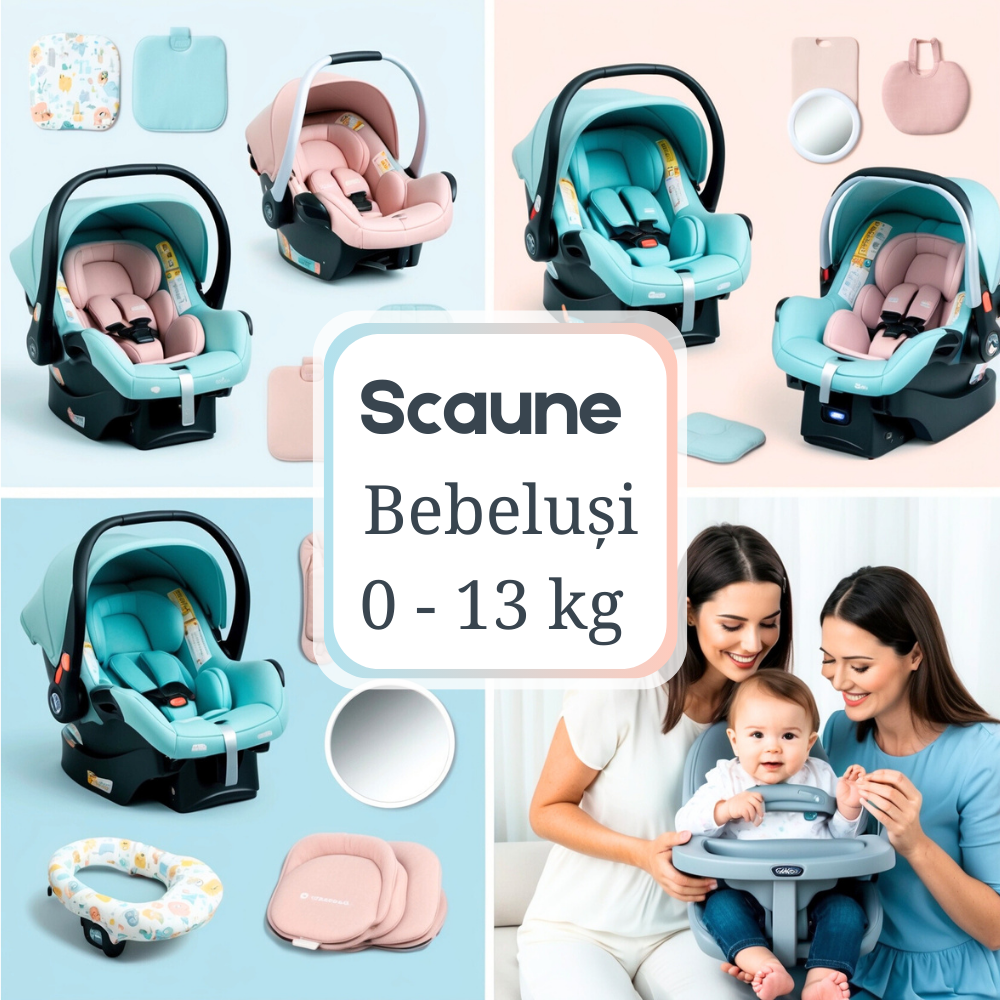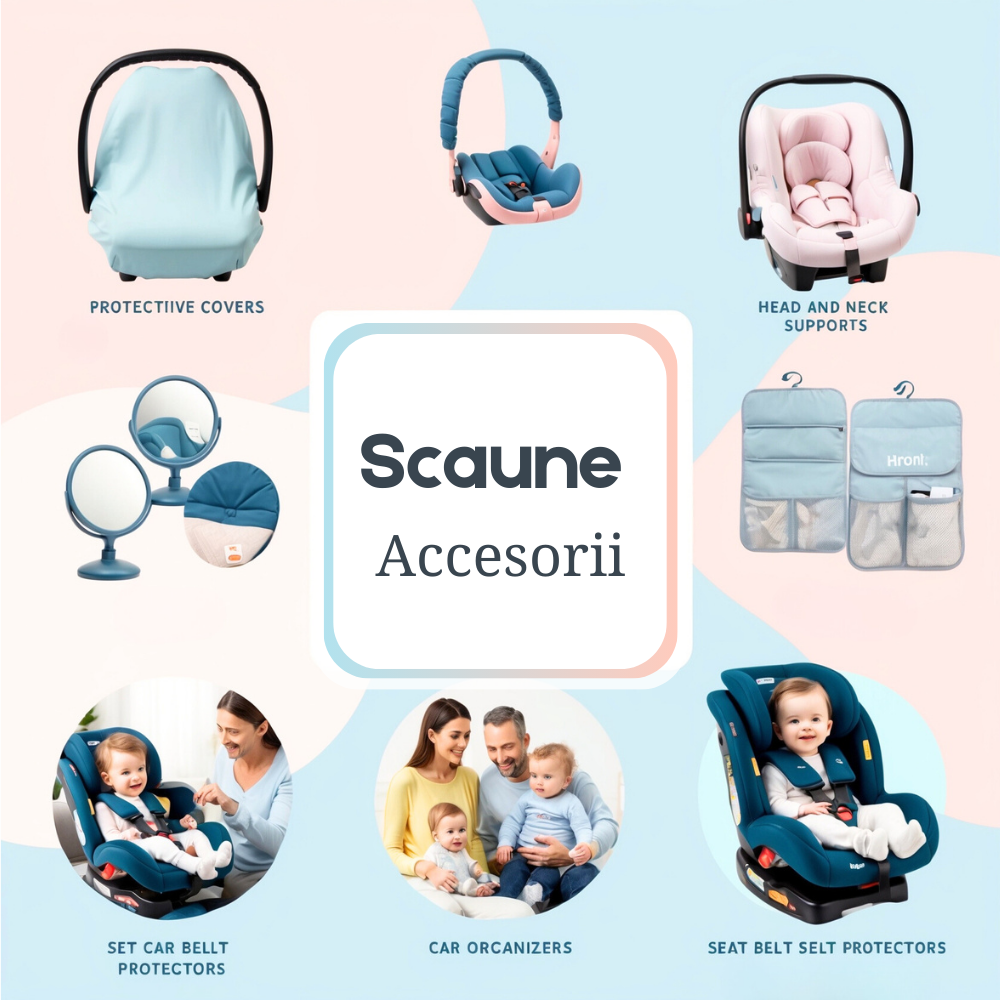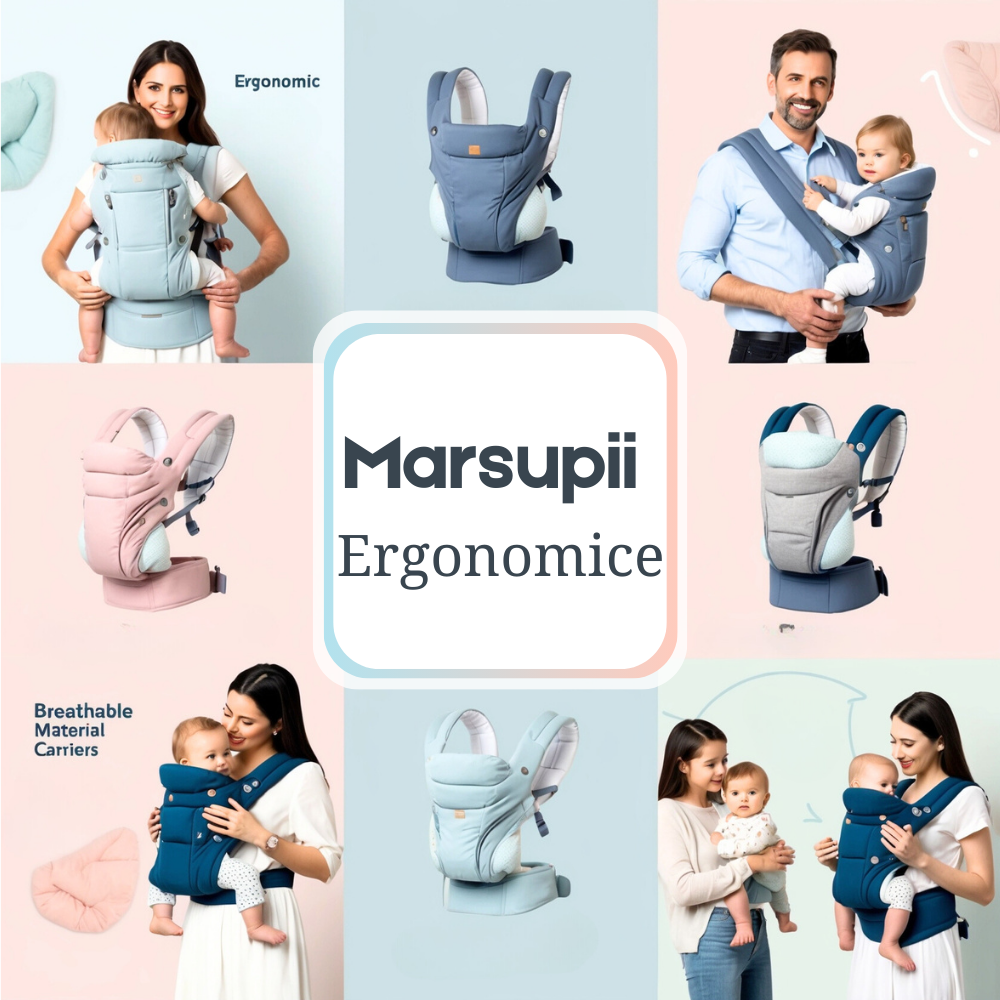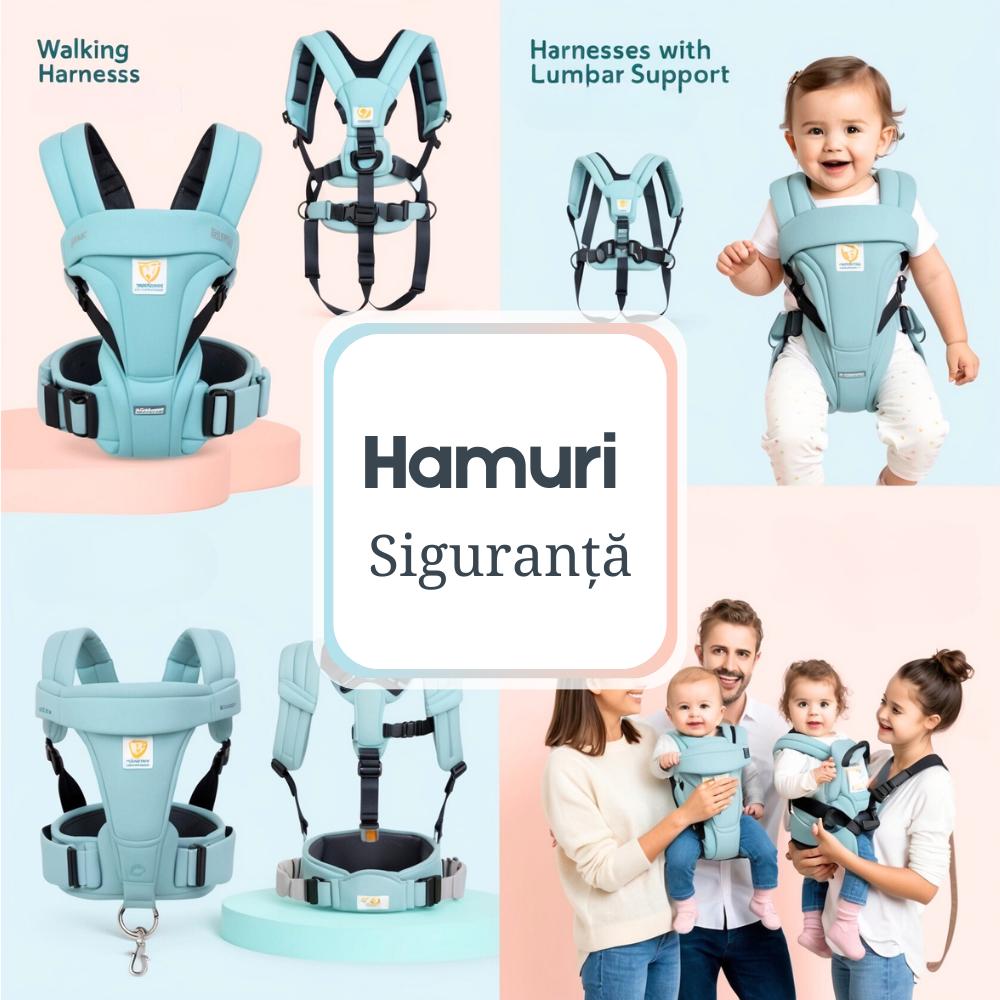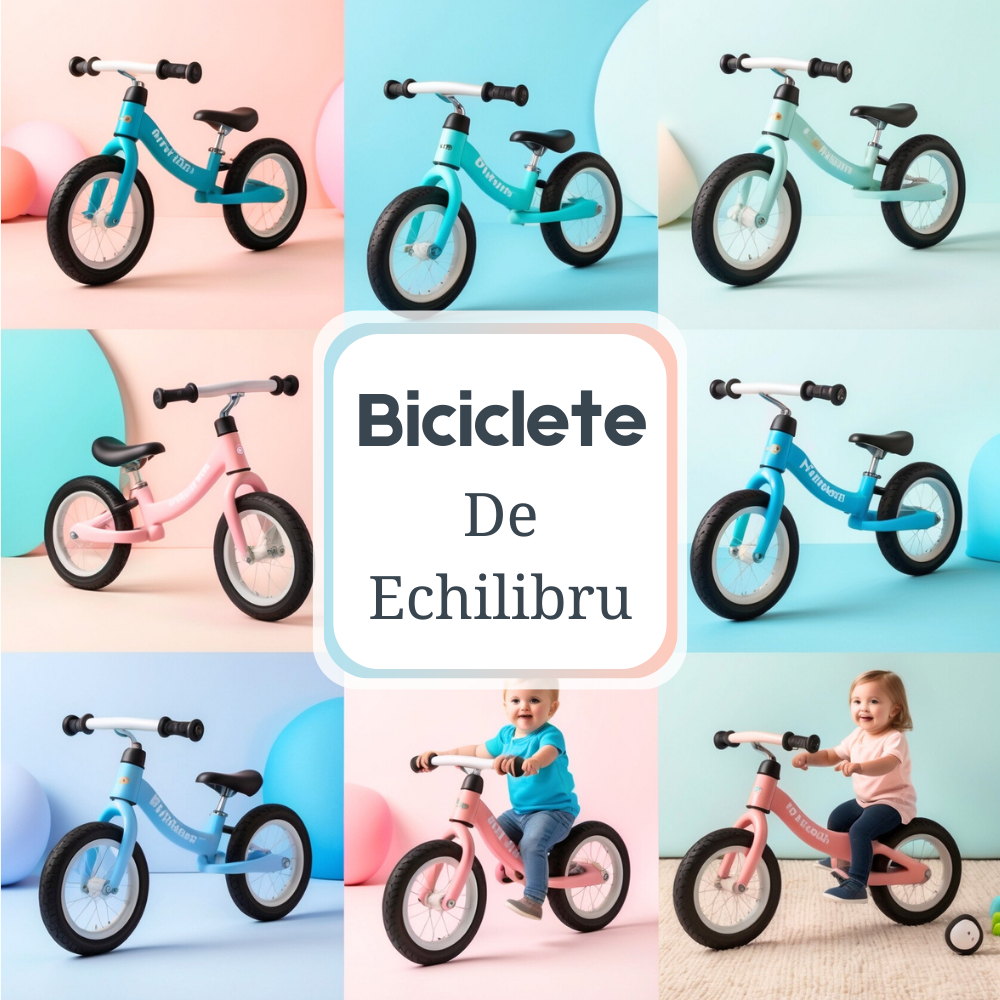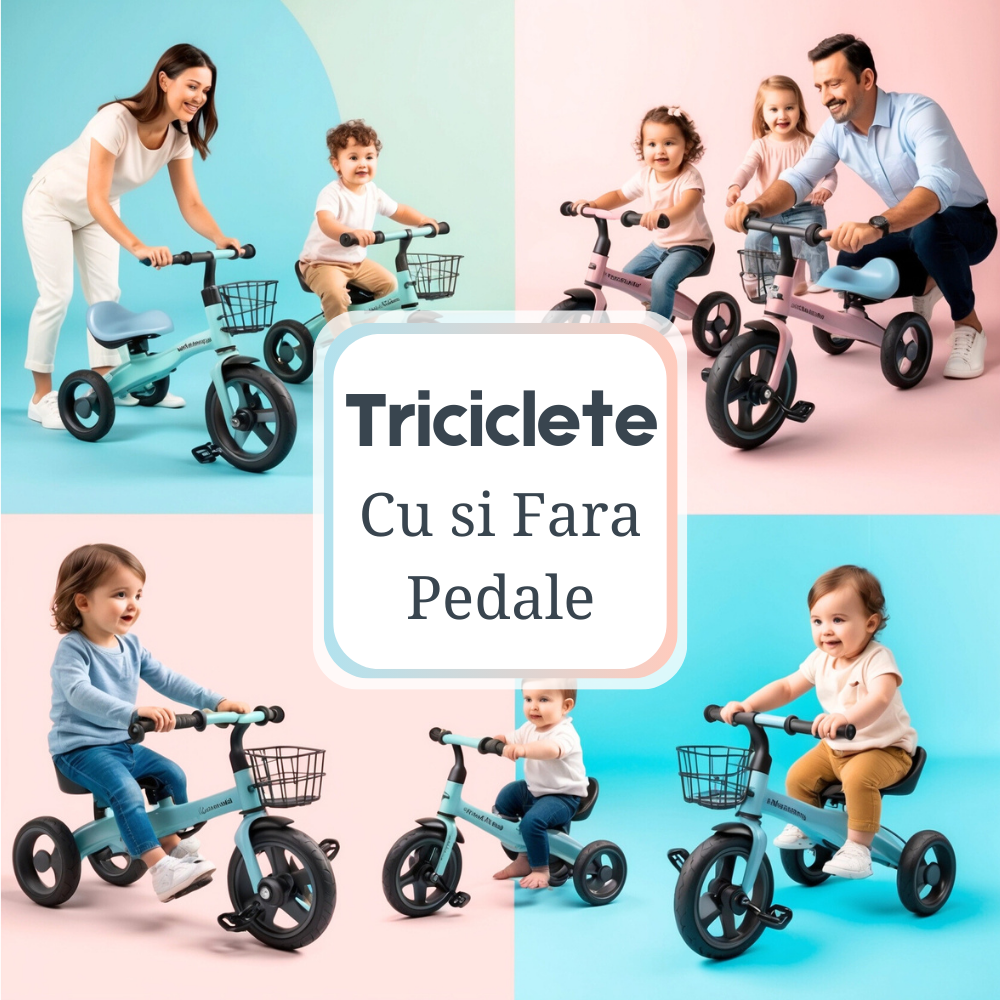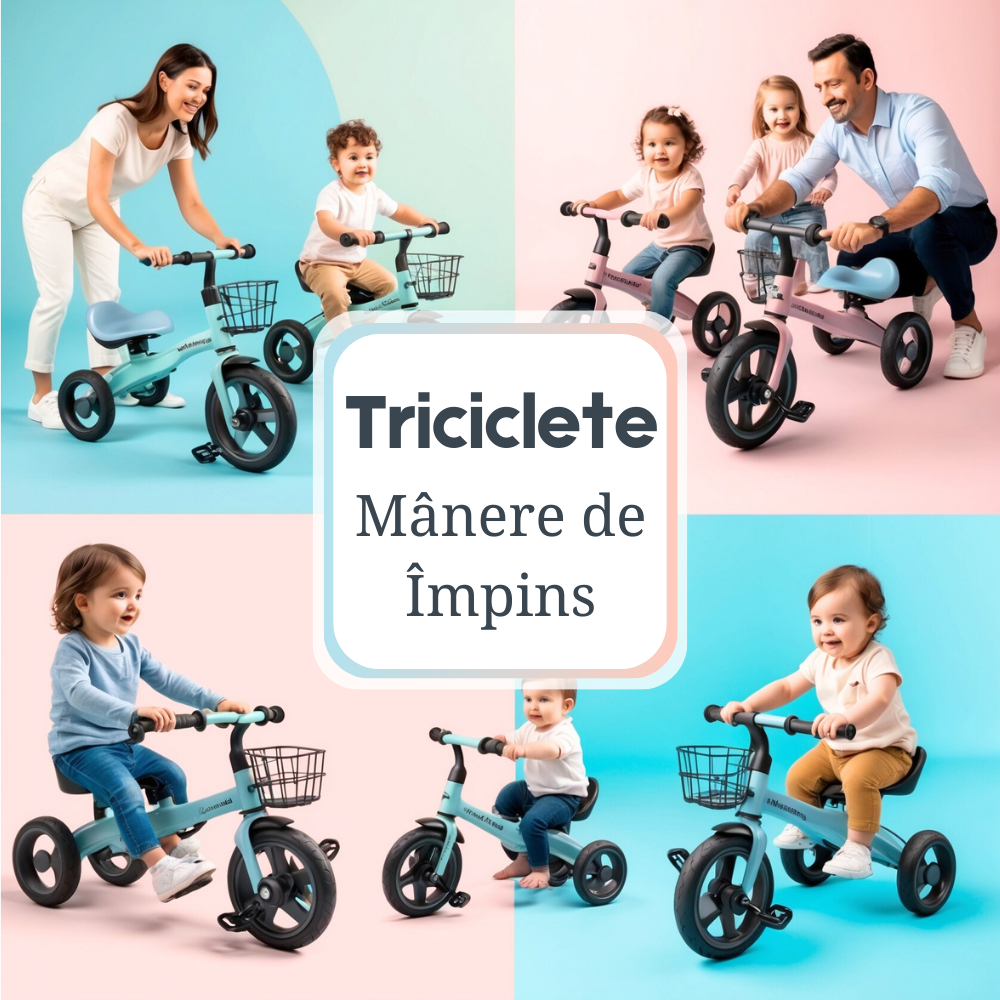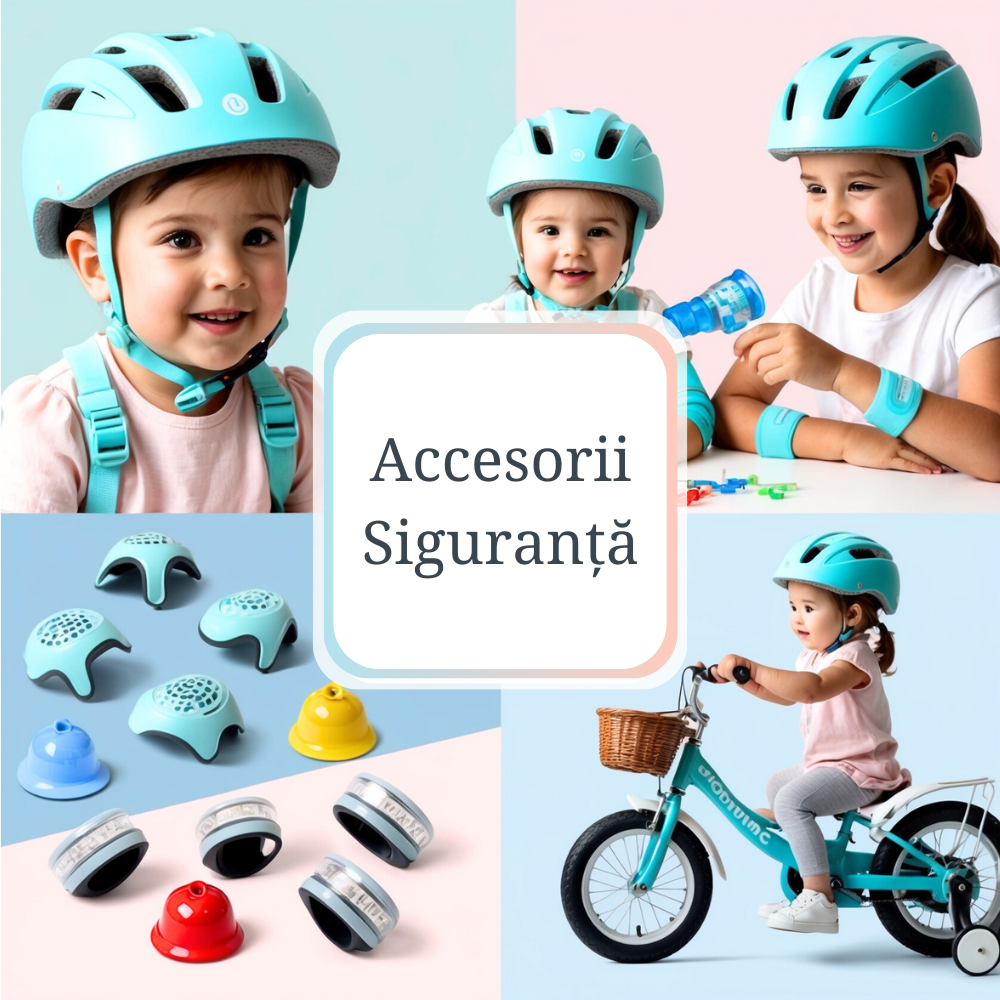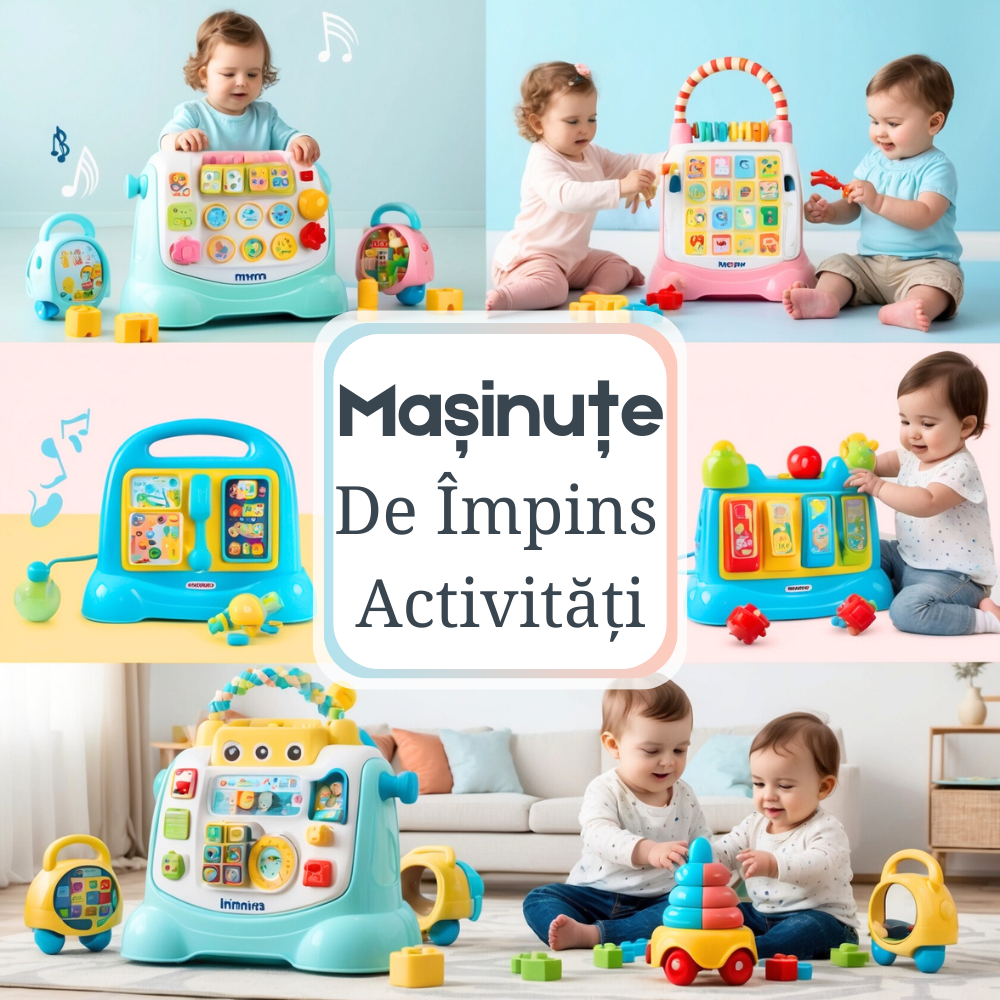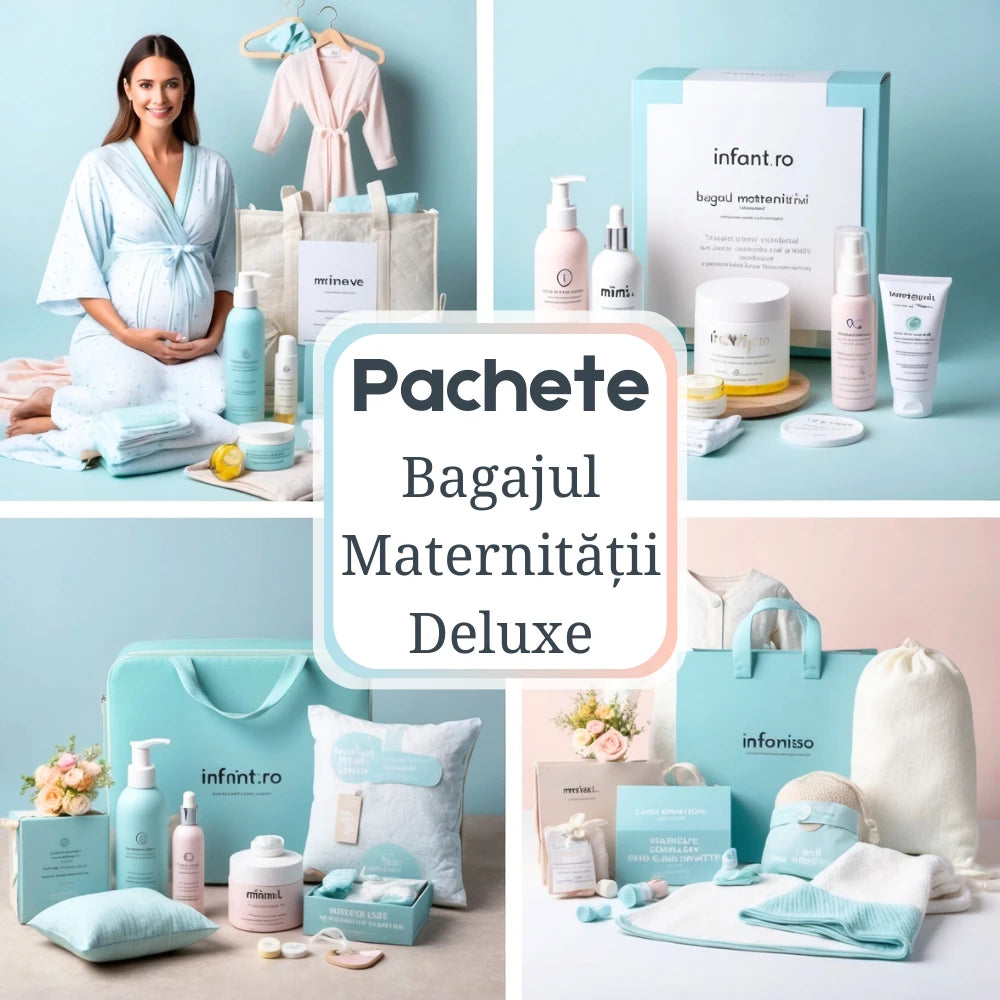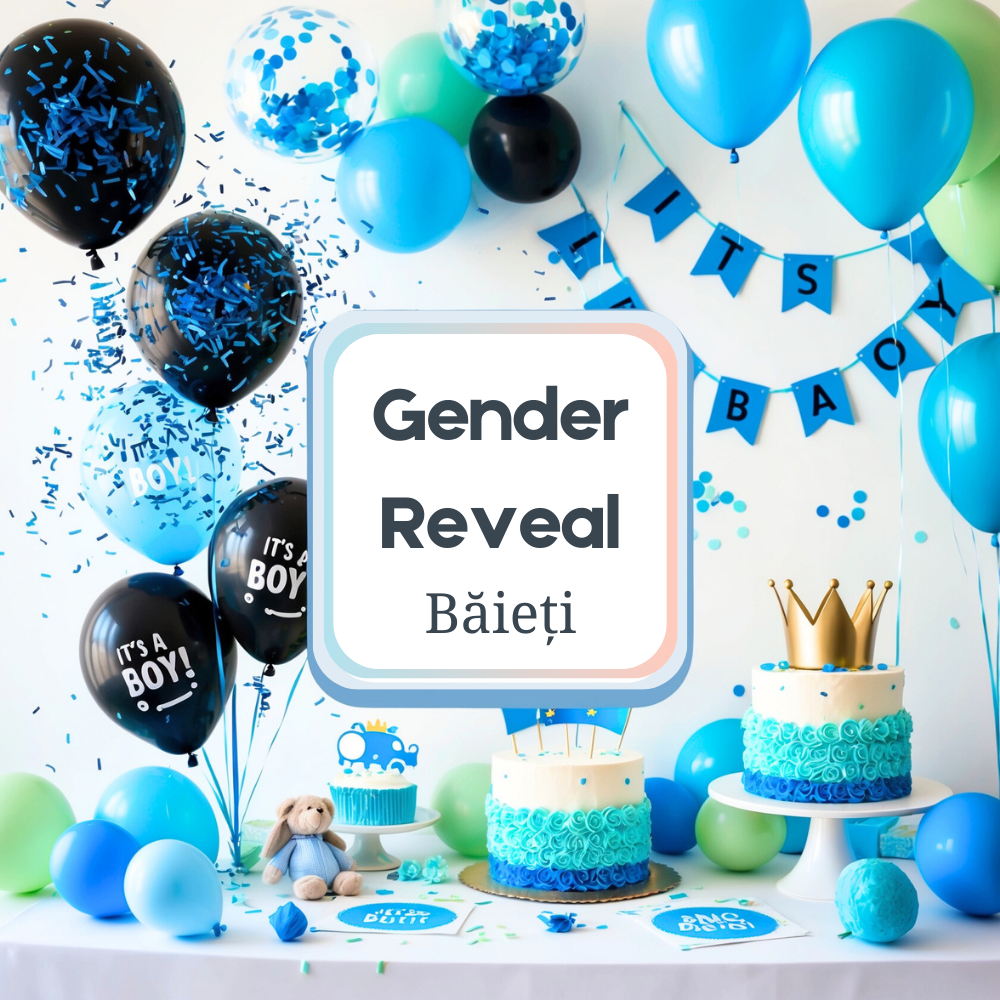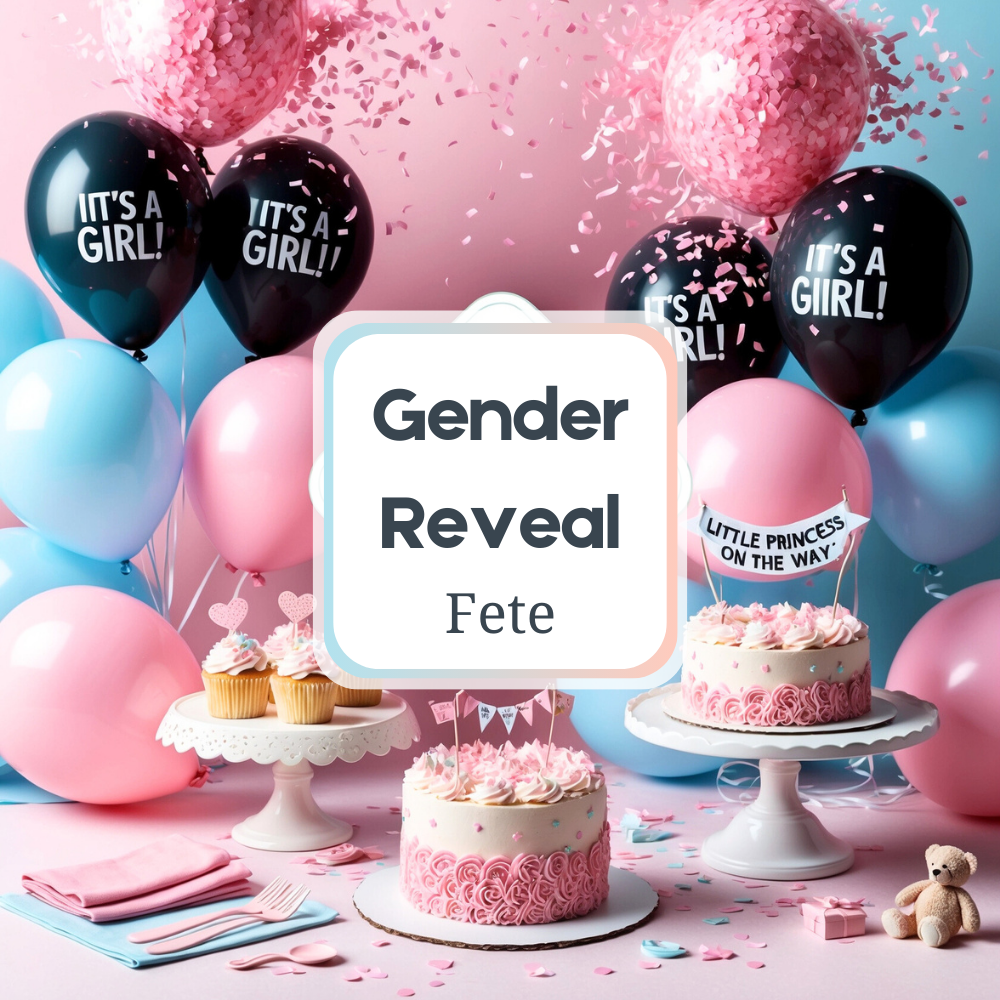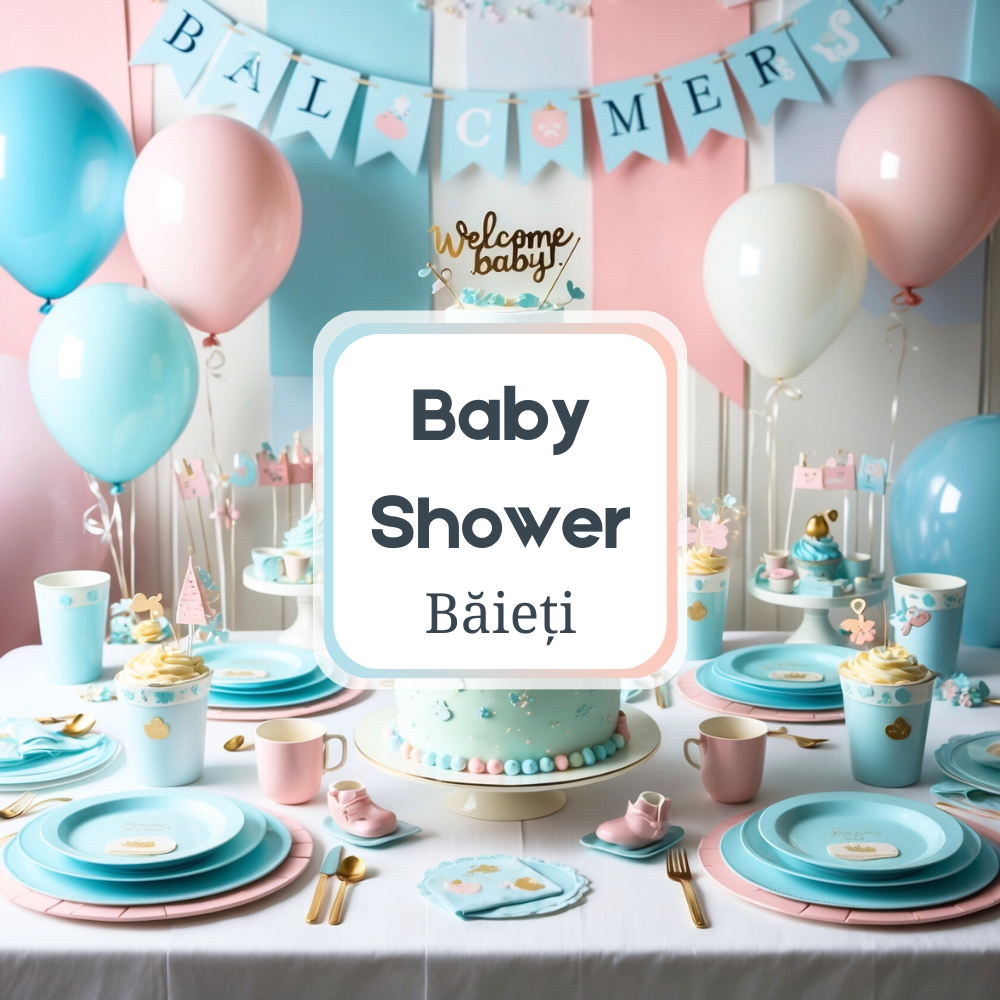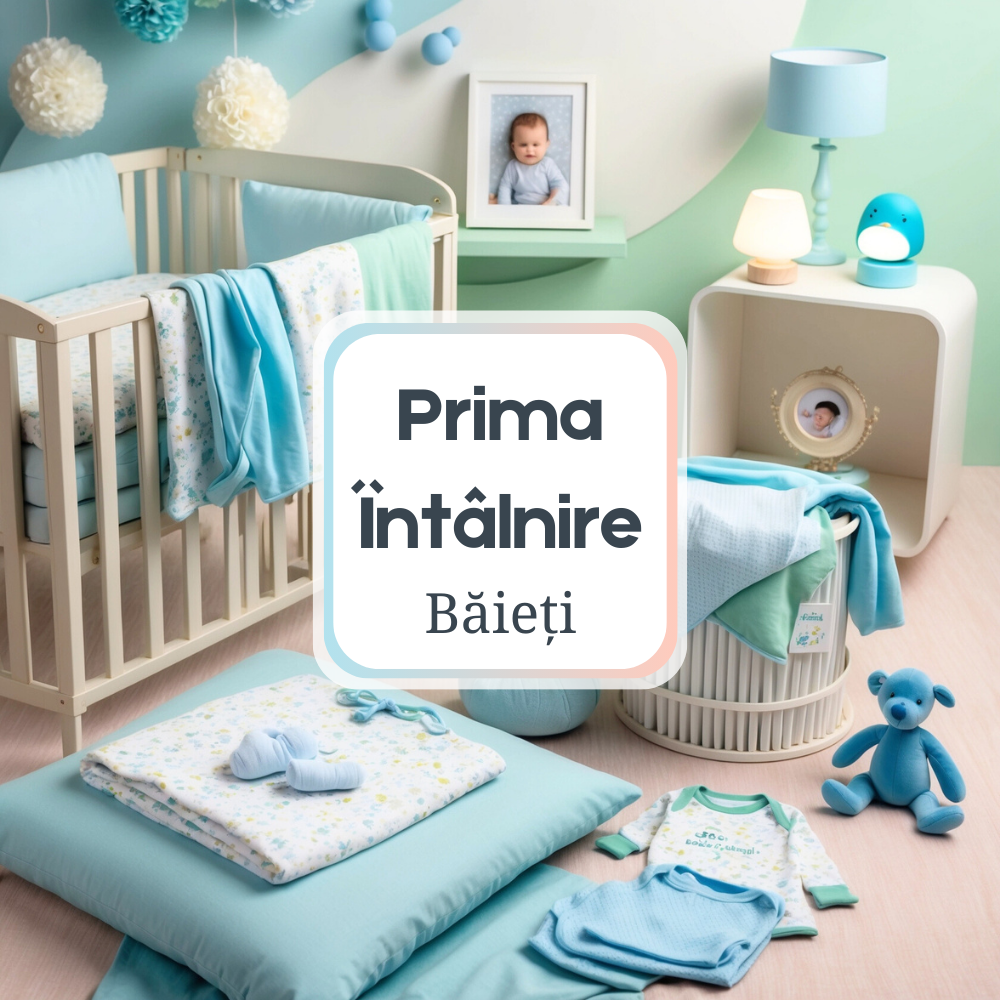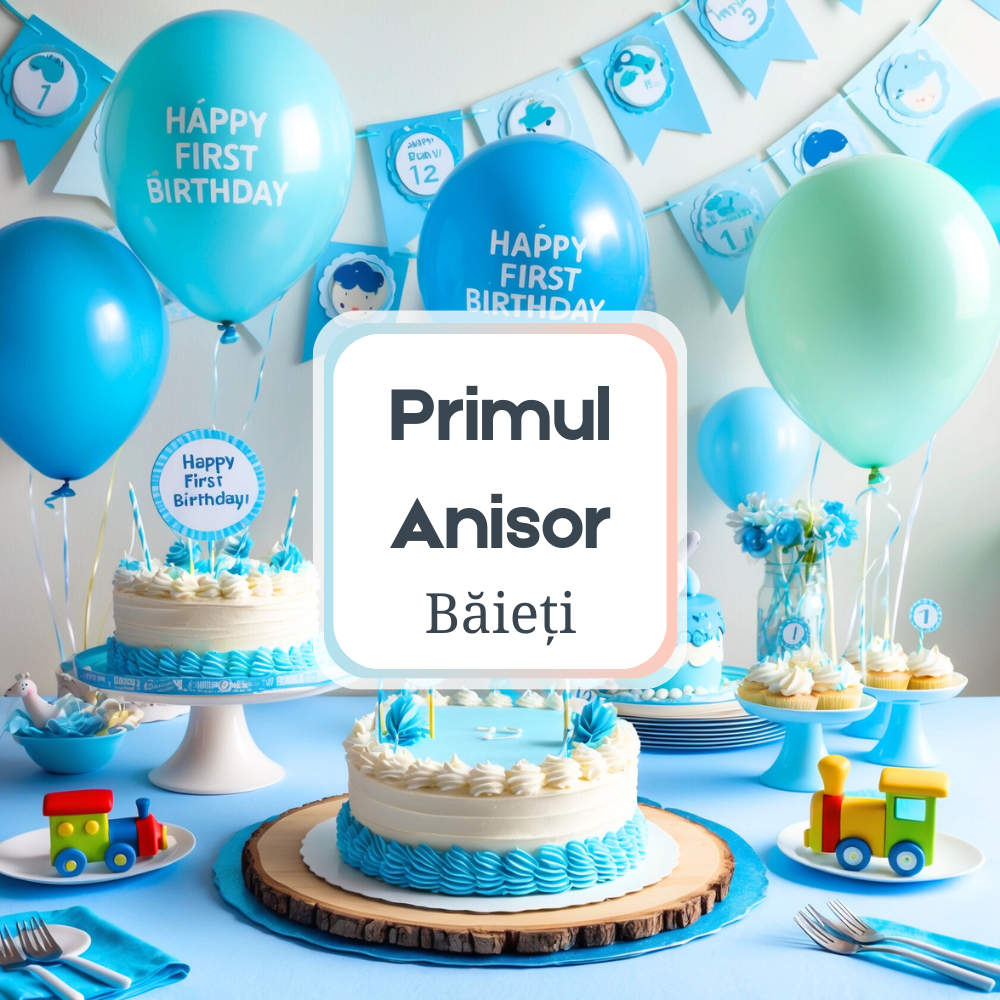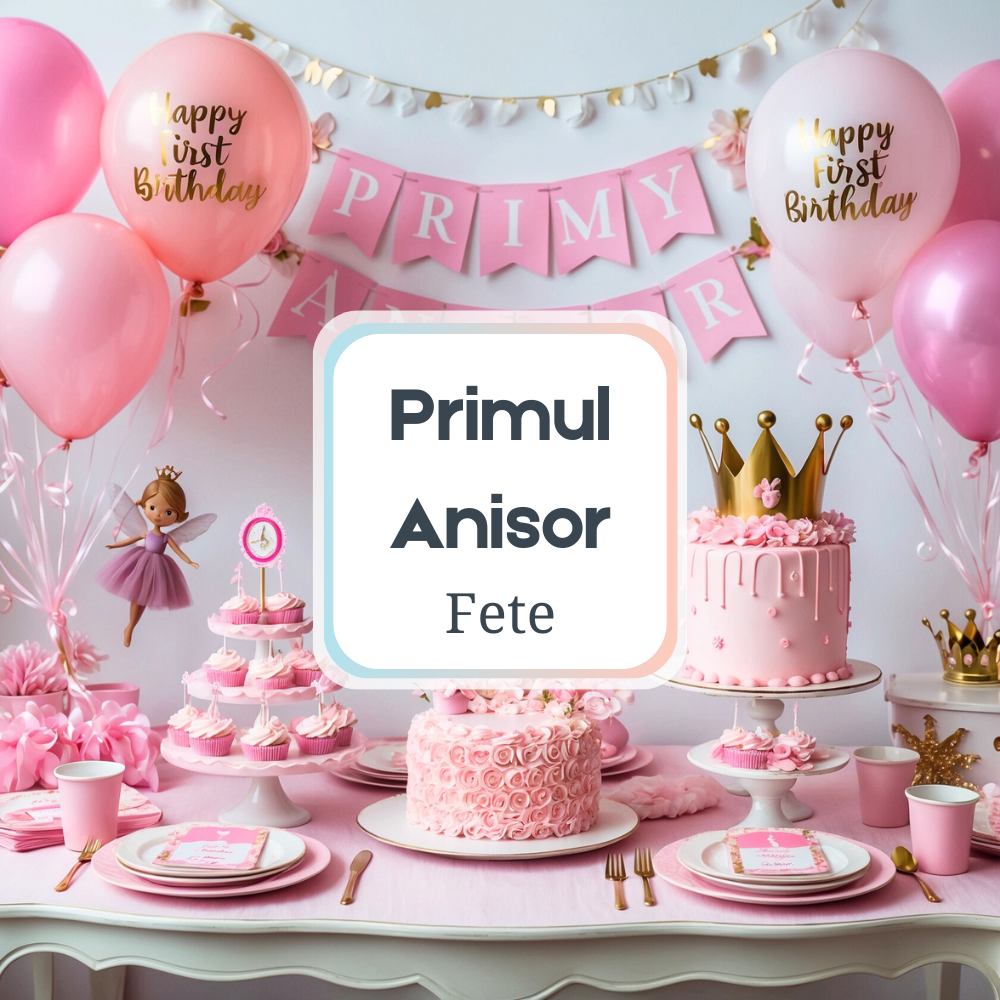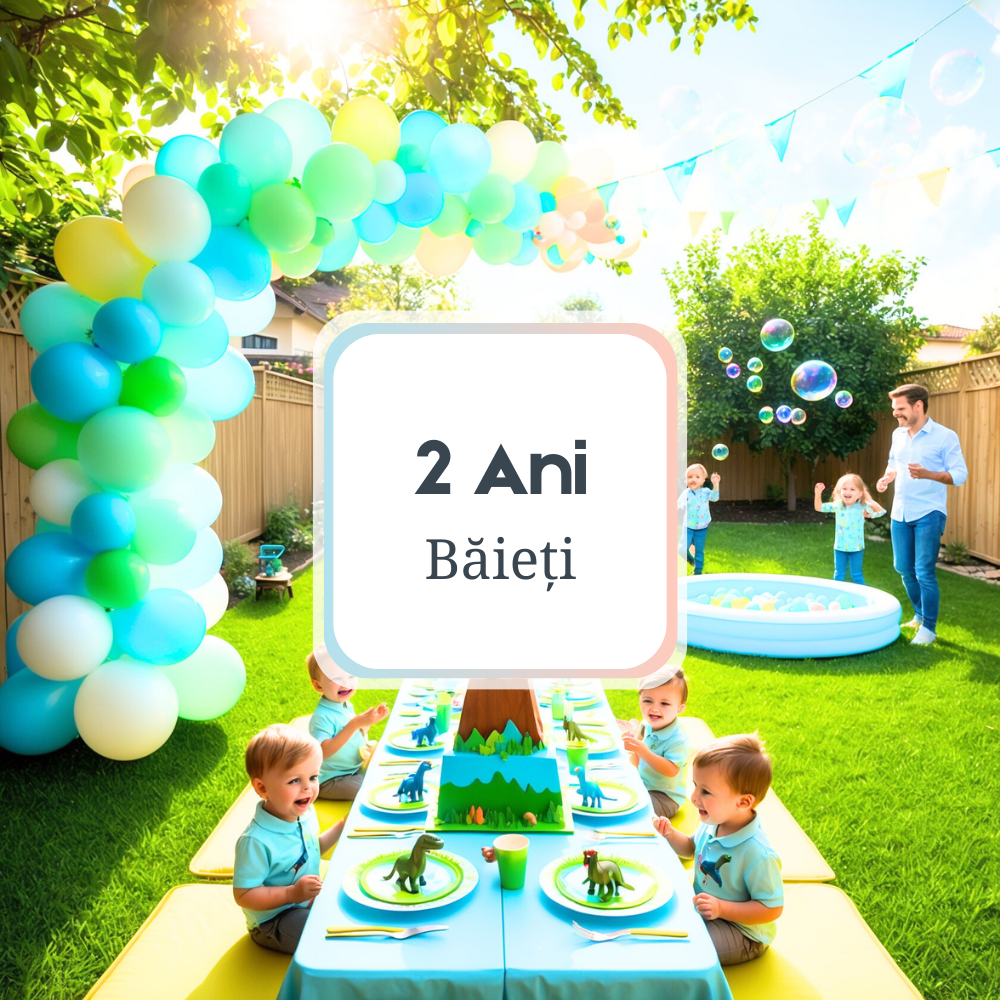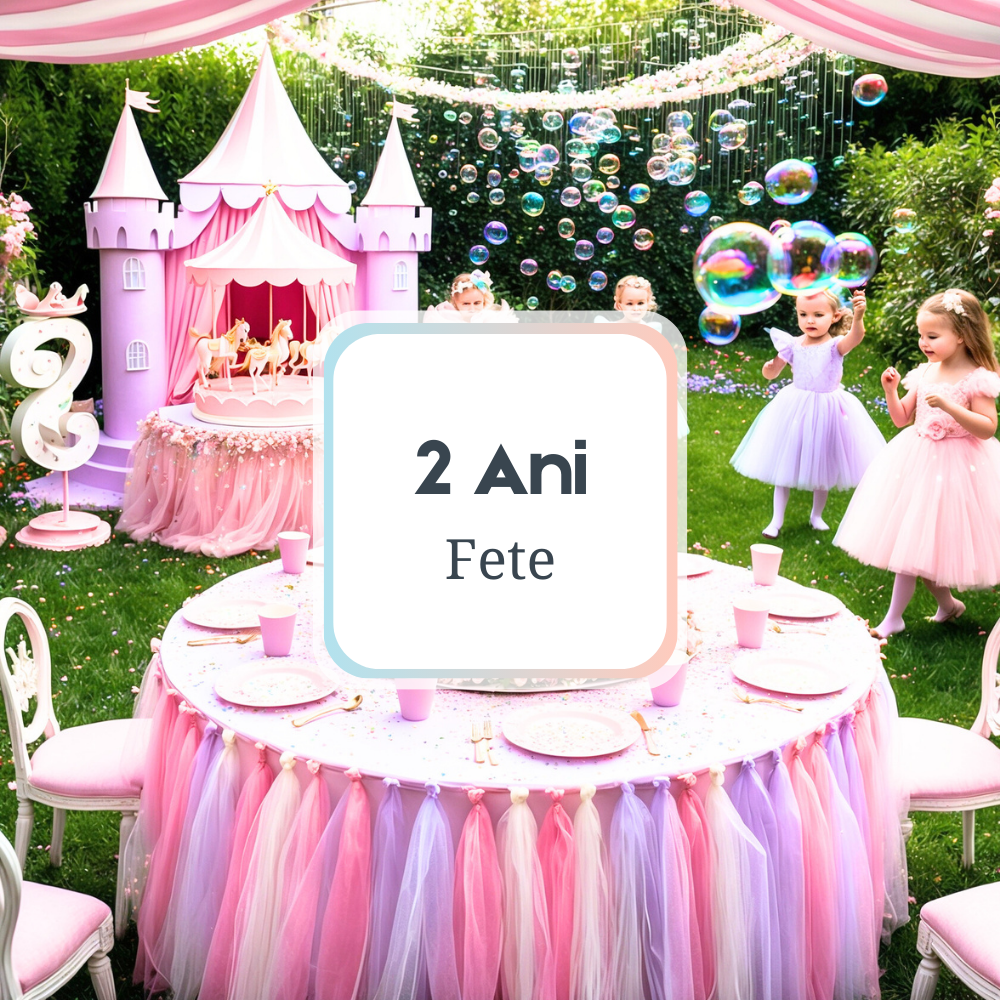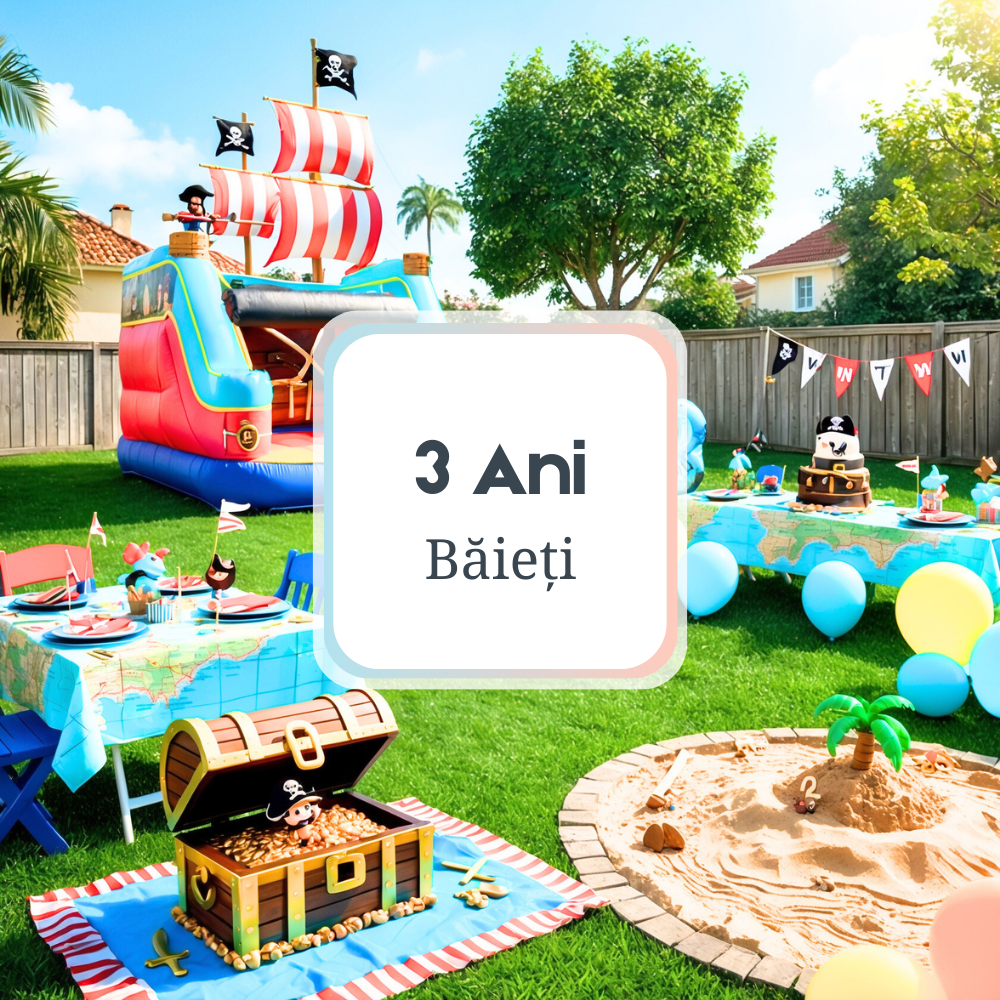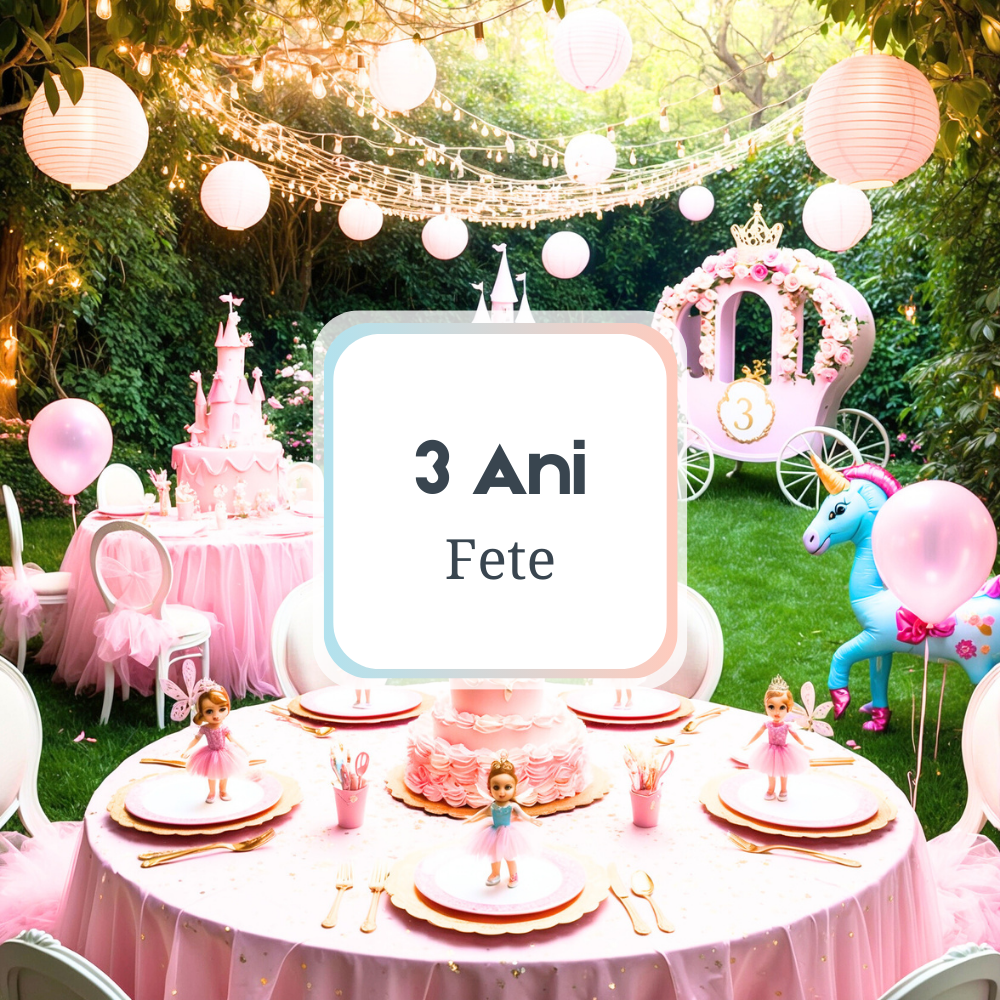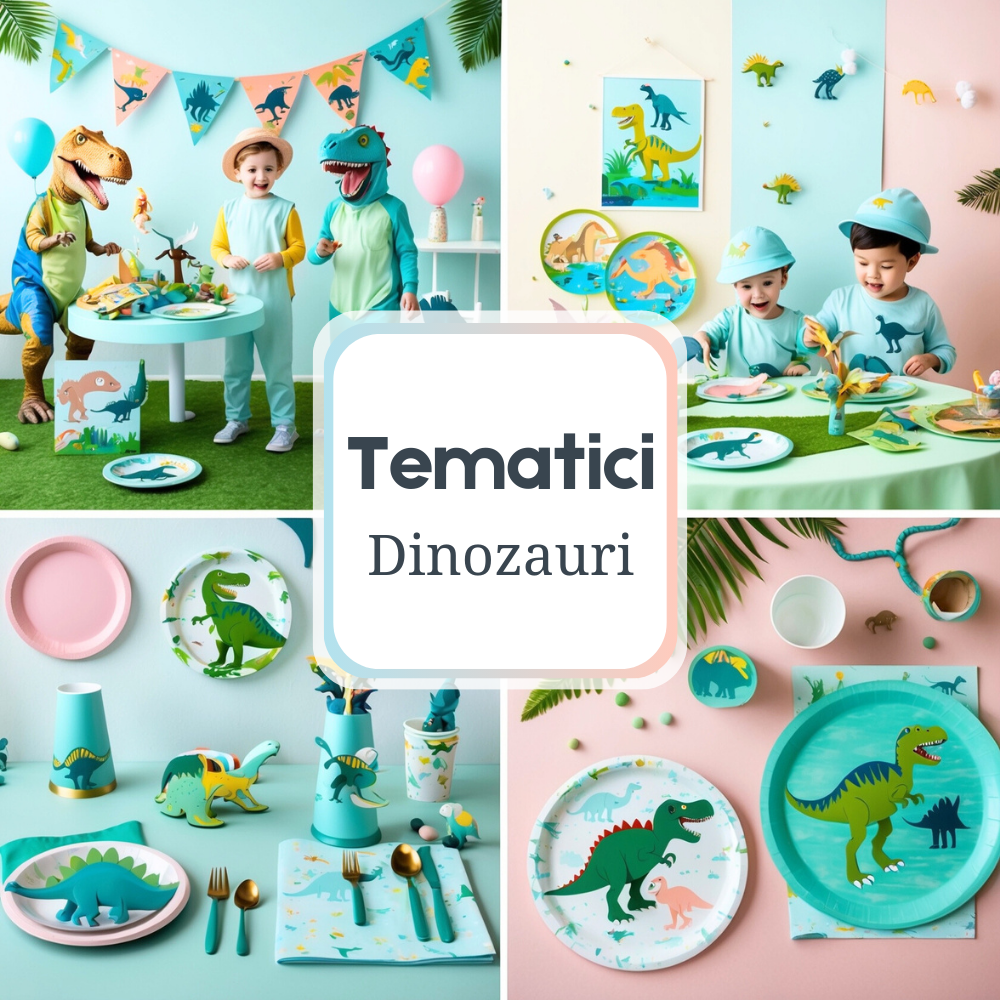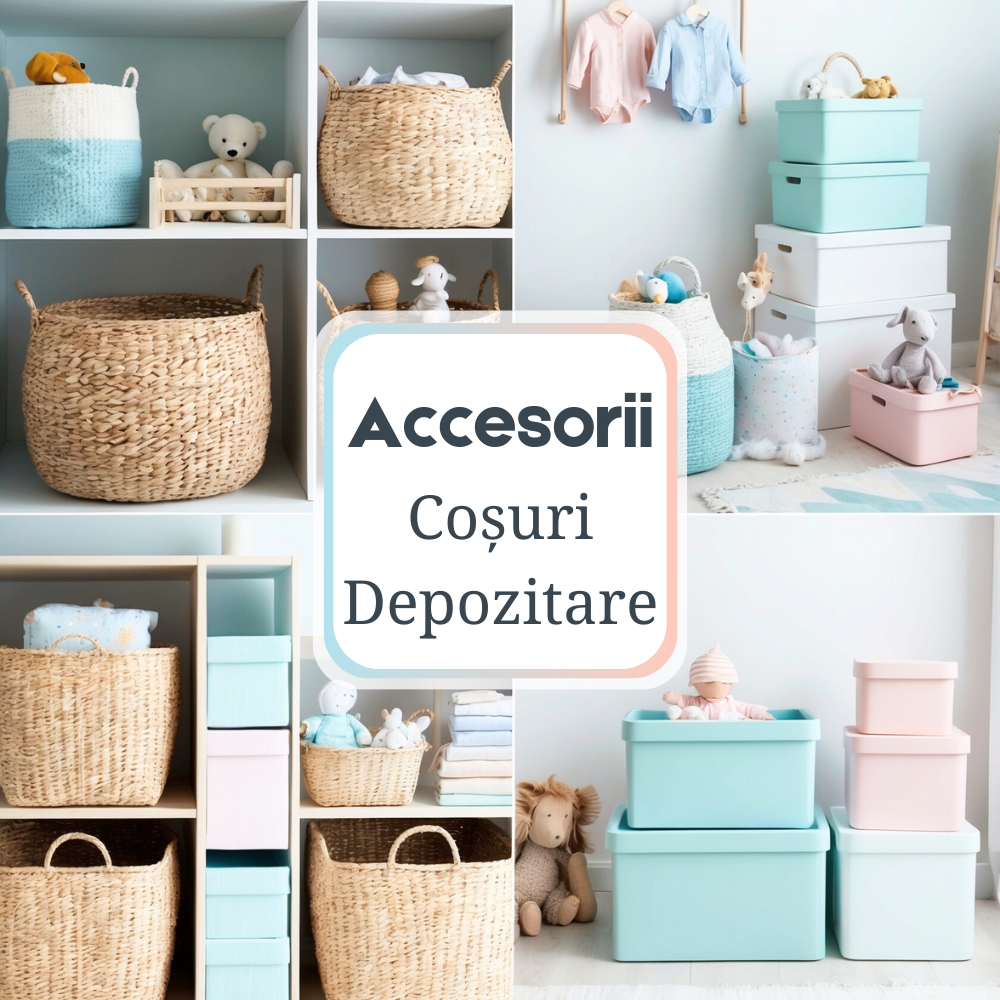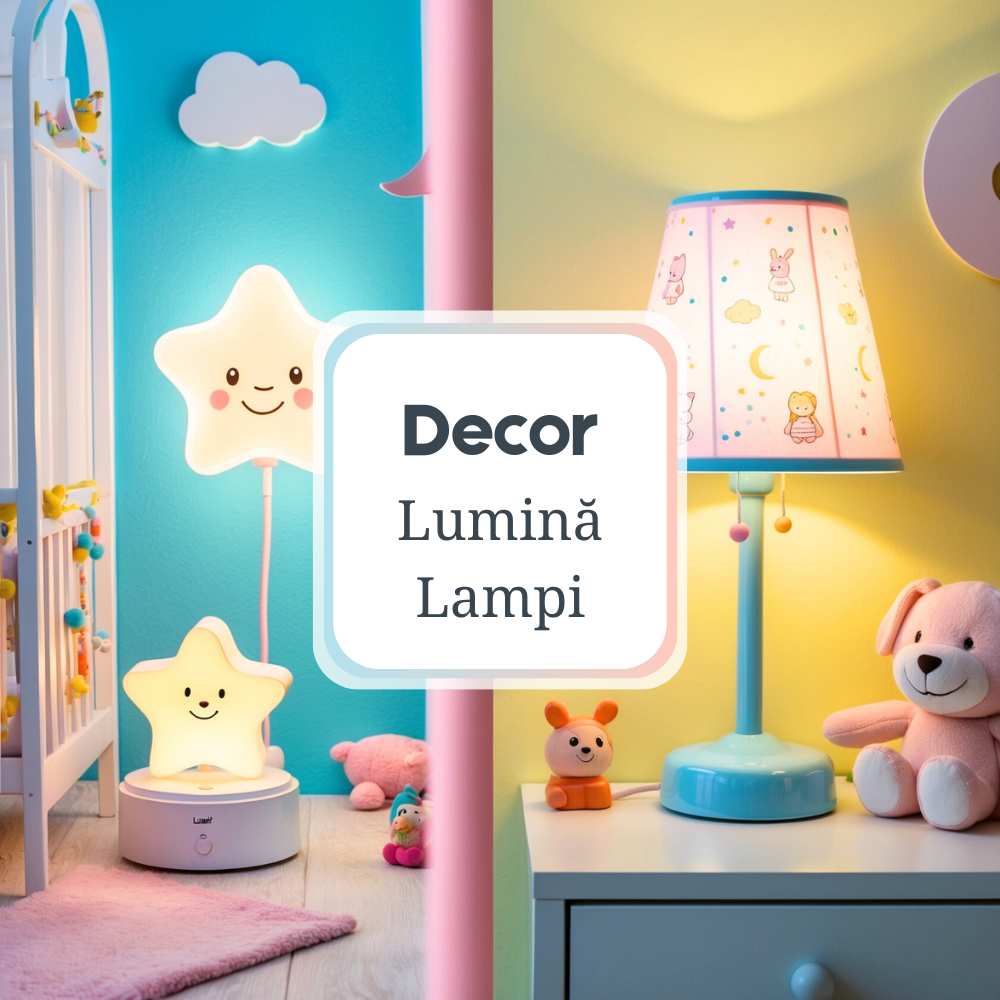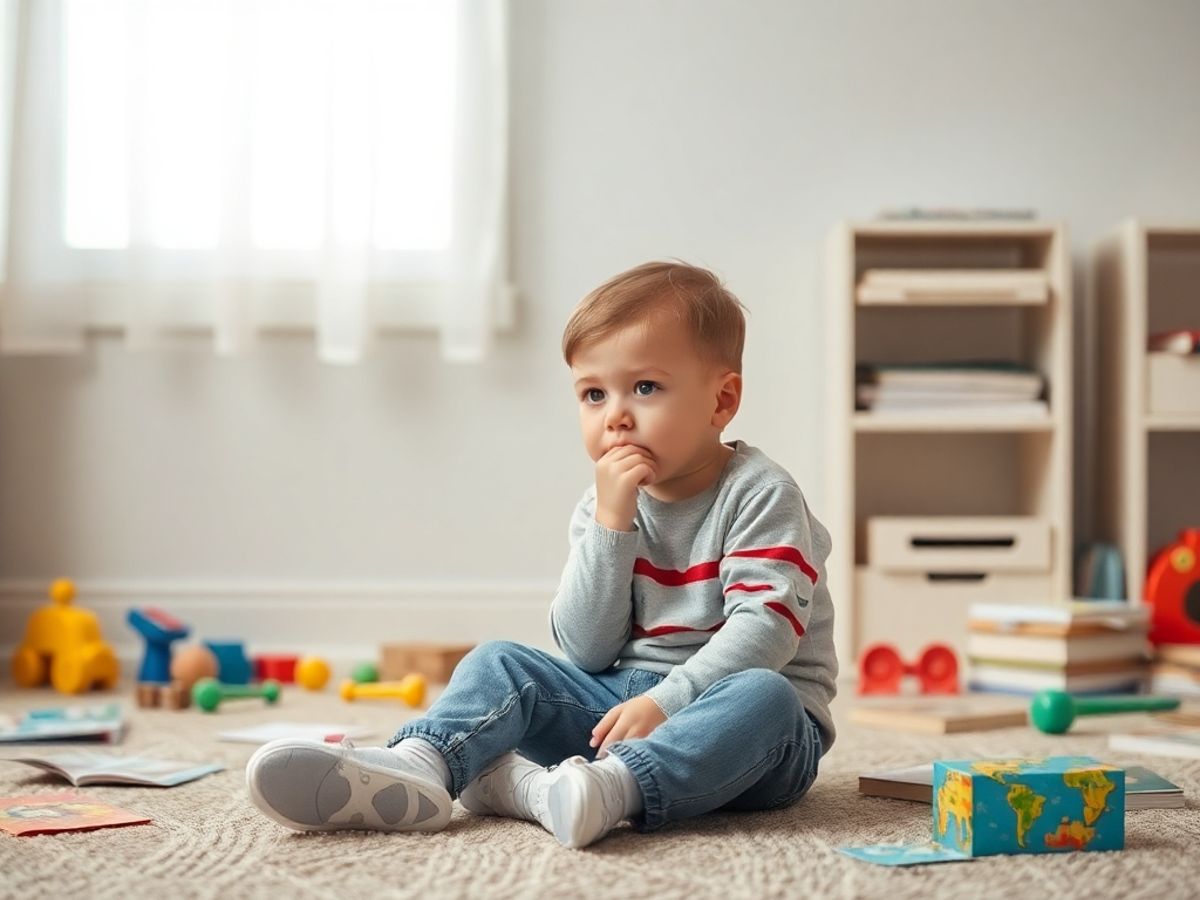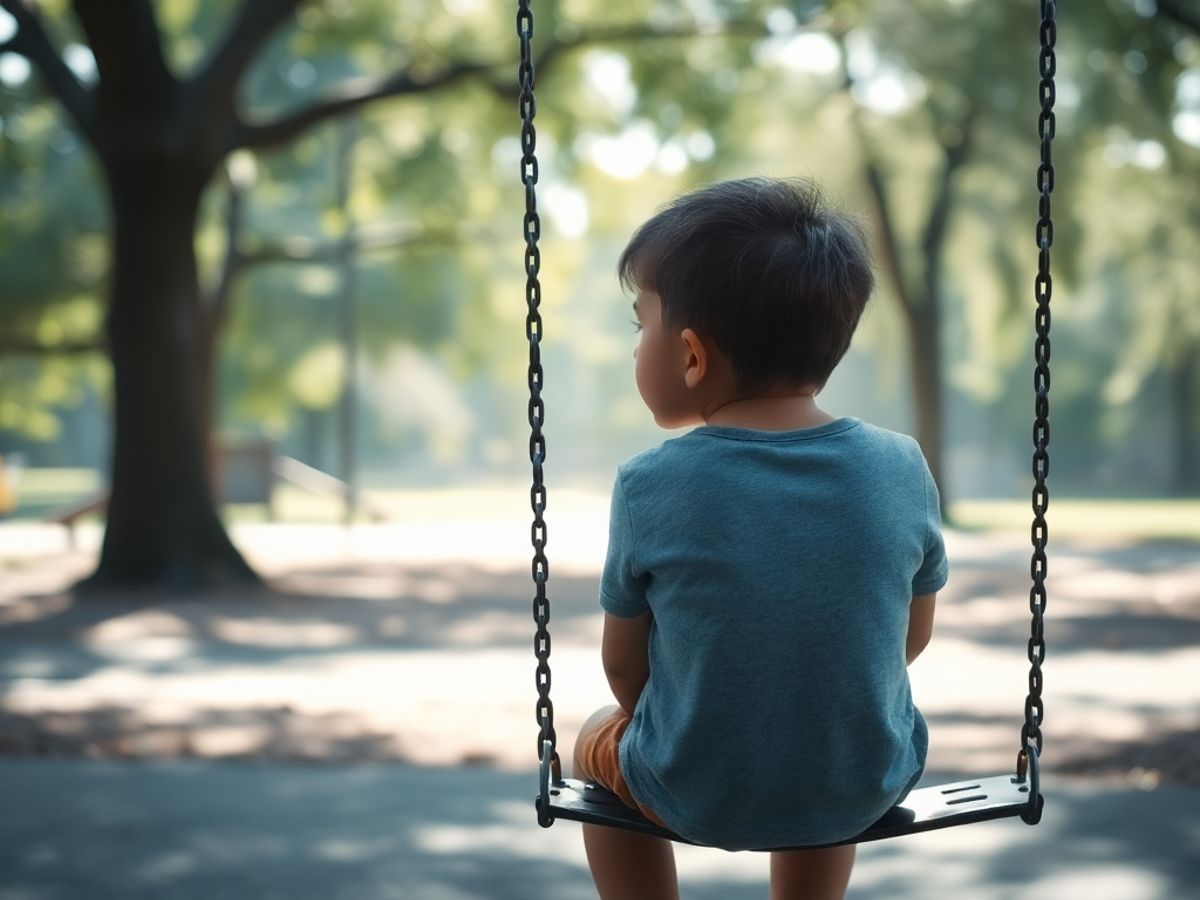Baby Language: When Babies Start to Coo
The first years of a child's life are full of magical moments and language development is one of the most exciting. When we think of language, we mean not just speaking, but the whole process of communication. That is why it is crucial to understand the stages that a baby goes through until it utters its first words, with a special emphasis on "babbling", an important step in the development of communication. This article aims to explore this crucial stage, what it means for your baby's development and when you should expect to hear those sweet sounds.
Pre-Language Development
Before they reach babbling, babies go through other stages of vocal development. In the first weeks of life, their communication is limited to crying, which is their primary way of expressing needs and moods. Later, around the age of 2 months, the "coos" and "ahhs", the precursor sounds of cooing, appear. These sounds are the baby's first attempts to control the speech machine and interact with those around them.
Development of the Gangurit
The beginning of Gangurit
Cooing generally starts somewhere between 3 and 4 months and is when we hear their first vocalizations containing consonants, such as "bababa" or "dadada". It is a joyful stage for parents, who can now interact more actively with their little ones. However, it is important to understand that this process can vary from child to child, with some starting earlier or later.
How we encourage the Gangurit
Constant interaction and communication is essential during this period. Face-to-face conversations, singing, reading and simple games like "cuckoo-boo" stimulate baby talk development. Also, the parents' response to the baby's attempts to communicate is vital, encouraging him to continue exploring different sounds.
Possible Signs of Concern
If you've found that your little one hasn't started cooing by the age of 7 months, it might be a good idea to talk to your pediatrician. Although it may just be a normal developmental variation, it can sometimes indicate a possible developmental delay or hearing problems.
Language development
From Gângureli to the First Words
After the babbling stage, the formation of syllables and their combination gradually follows, which will lead to the utterance of the first real words - another monumental moment. This process usually begins around 12 months of age, but only after a long period of practice and imitation.
How the Father Intervenes in Language Development
To help with language development, it is important for parents to constantly and clearly talk to their baby, read to them and sing along. Active listening is also essential; by paying attention to your baby's communication attempts and responding to them, you support his language development.
Continuous Language Development
From uttering the first words, the path to building a coherent language is long and complex. Every new experience, every game and every interaction are learning opportunities. Toddlers will begin to link words together to form simple sentences, which will eventually lead to the ability to express themselves clearly and complexly.
Conclusion
From the first "coos" to the first sentences, language development is a fascinating journey. Cooing is one of the most delightful moments of this journey and a sign that your baby is learning to communicate with the world around. It is important to constantly encourage this development and be alert to any signs that might indicate the need for intervention or assistance. Ultimately, each child is unique and will reach these milestones at their own pace, but with the support and love of parents, success is guaranteed.
We invite you to explore more resources and articles that can help on your baby's language development journey here on our blog. Subscribe to the newsletter to keep up to date with the latest news and tips. Recognizing and celebrating each stage of baby's language is an exciting adventure for the whole family!





